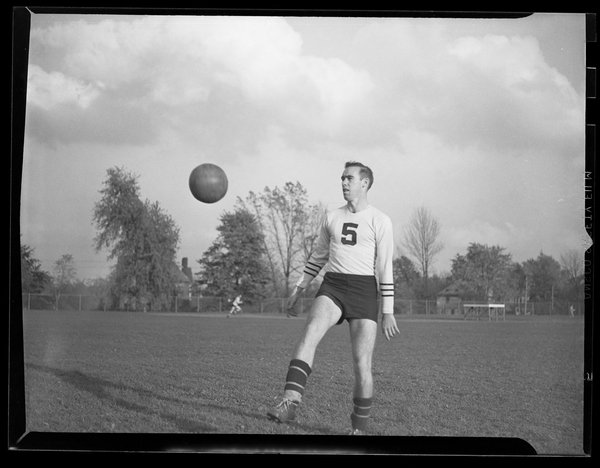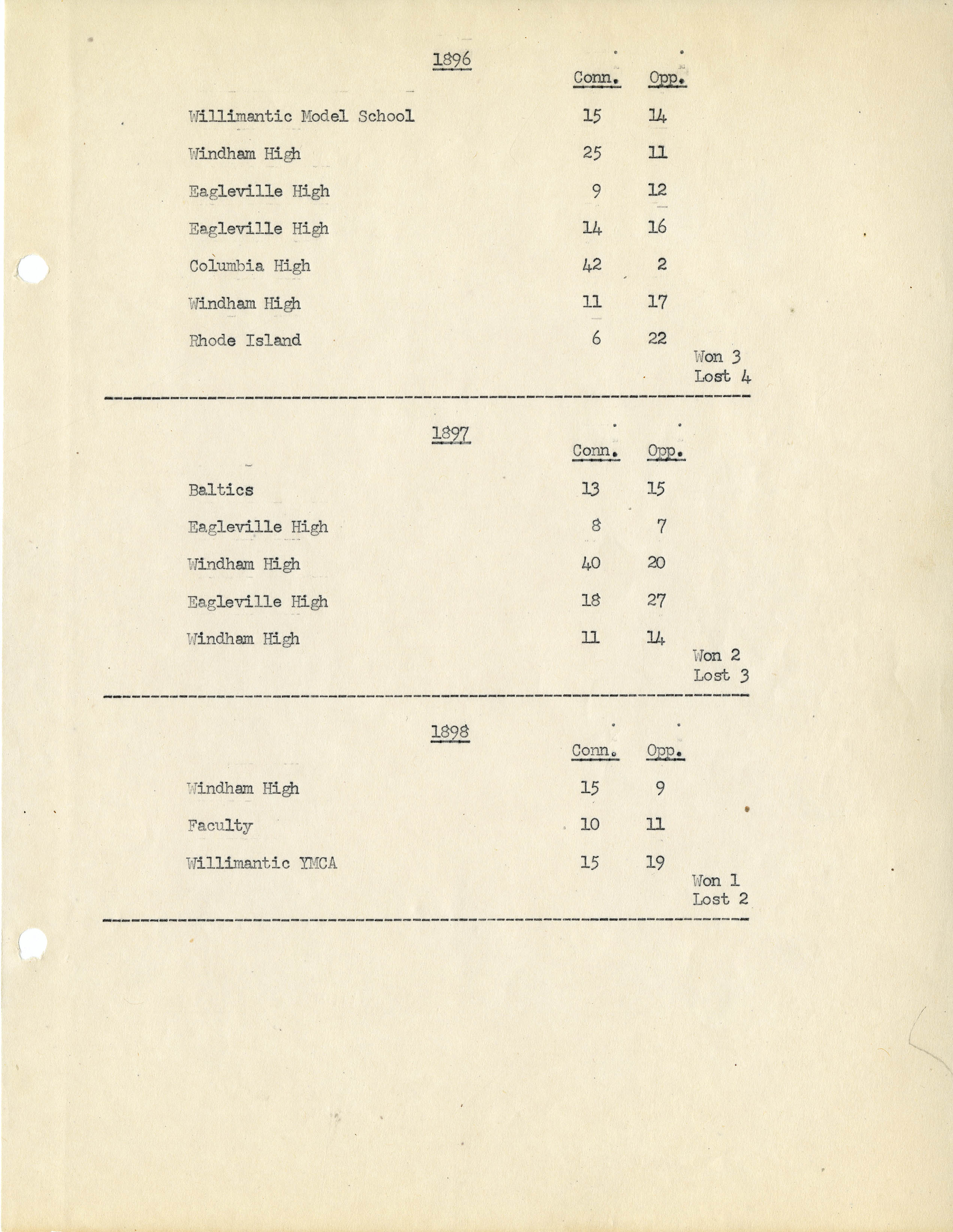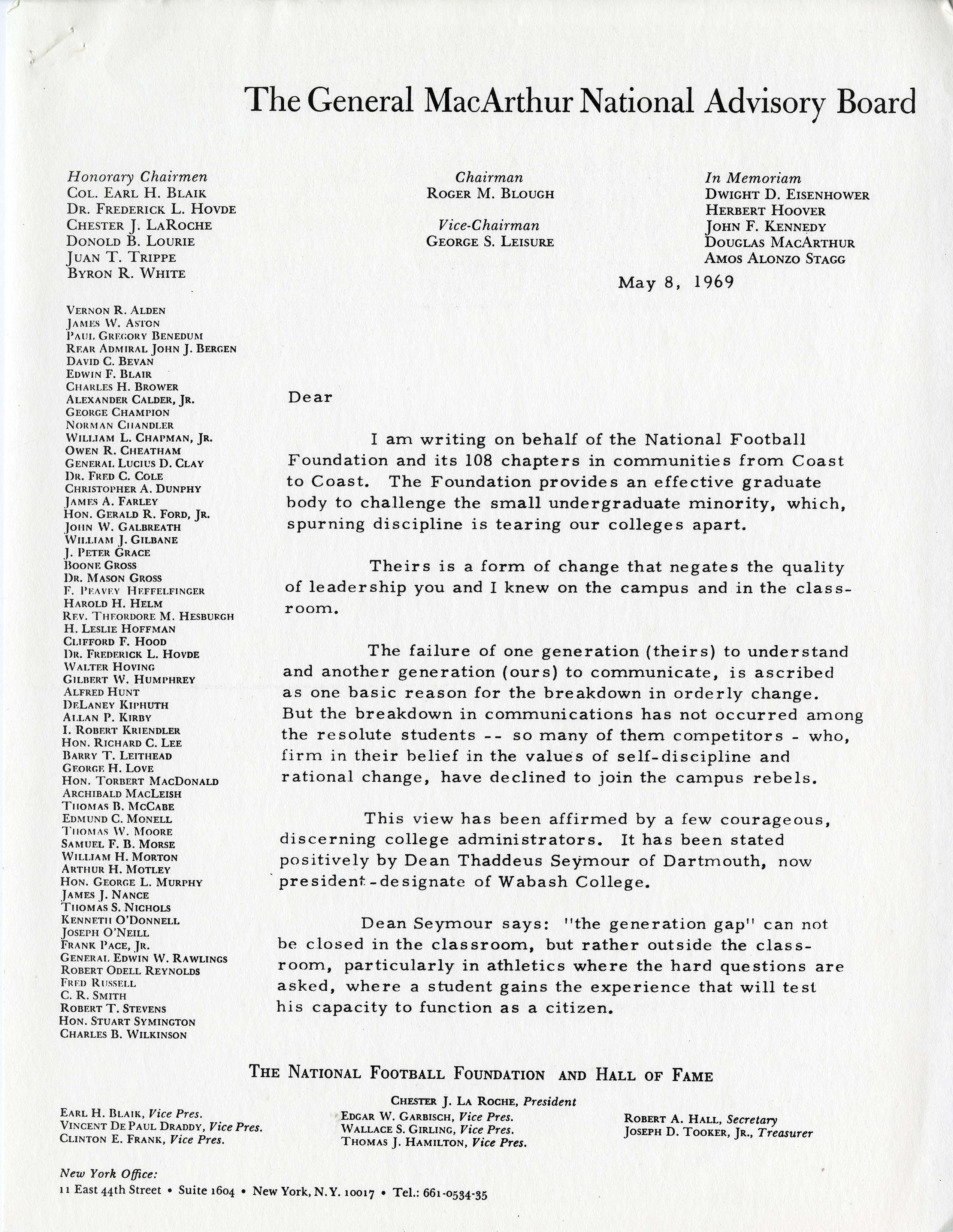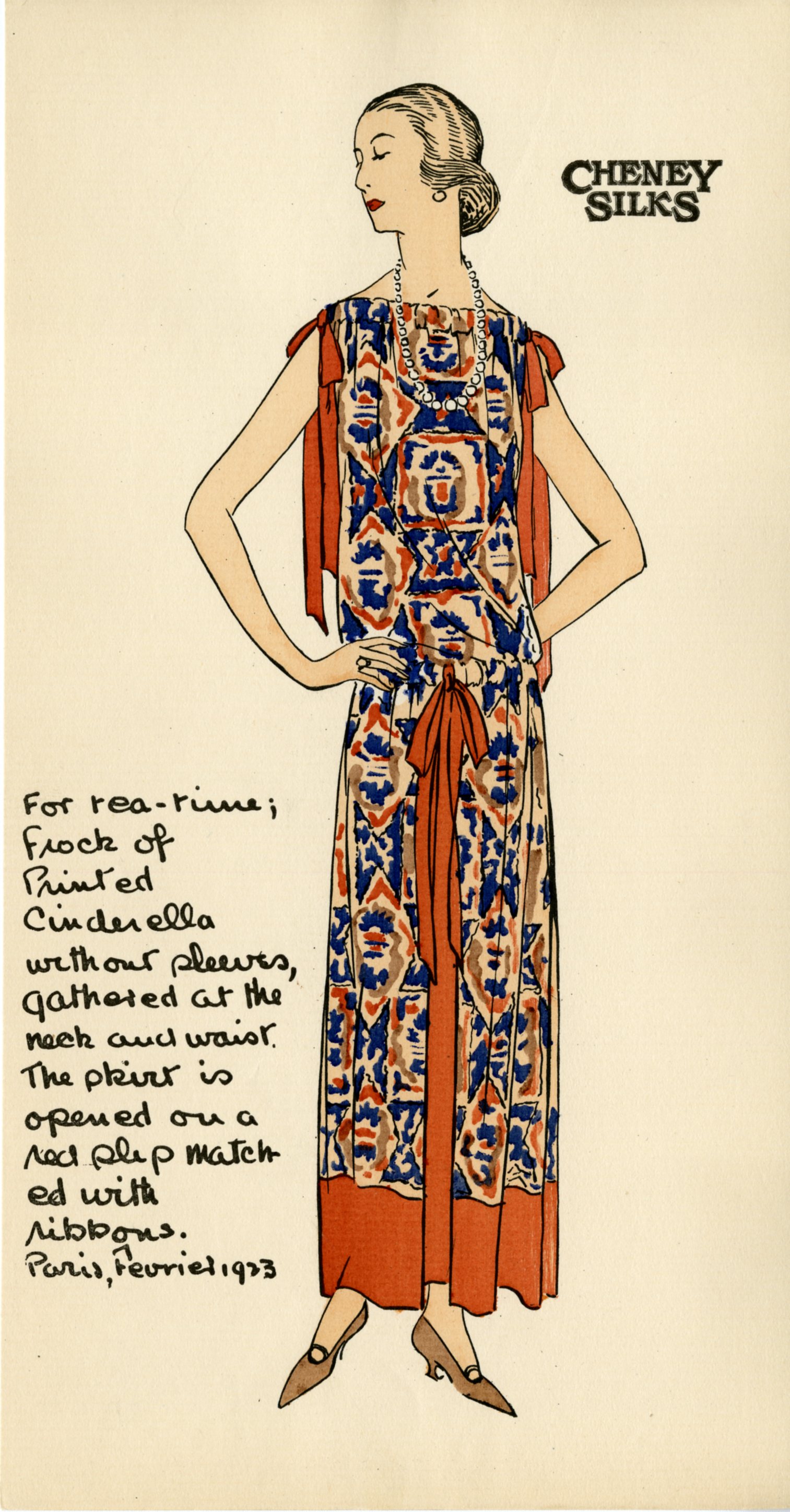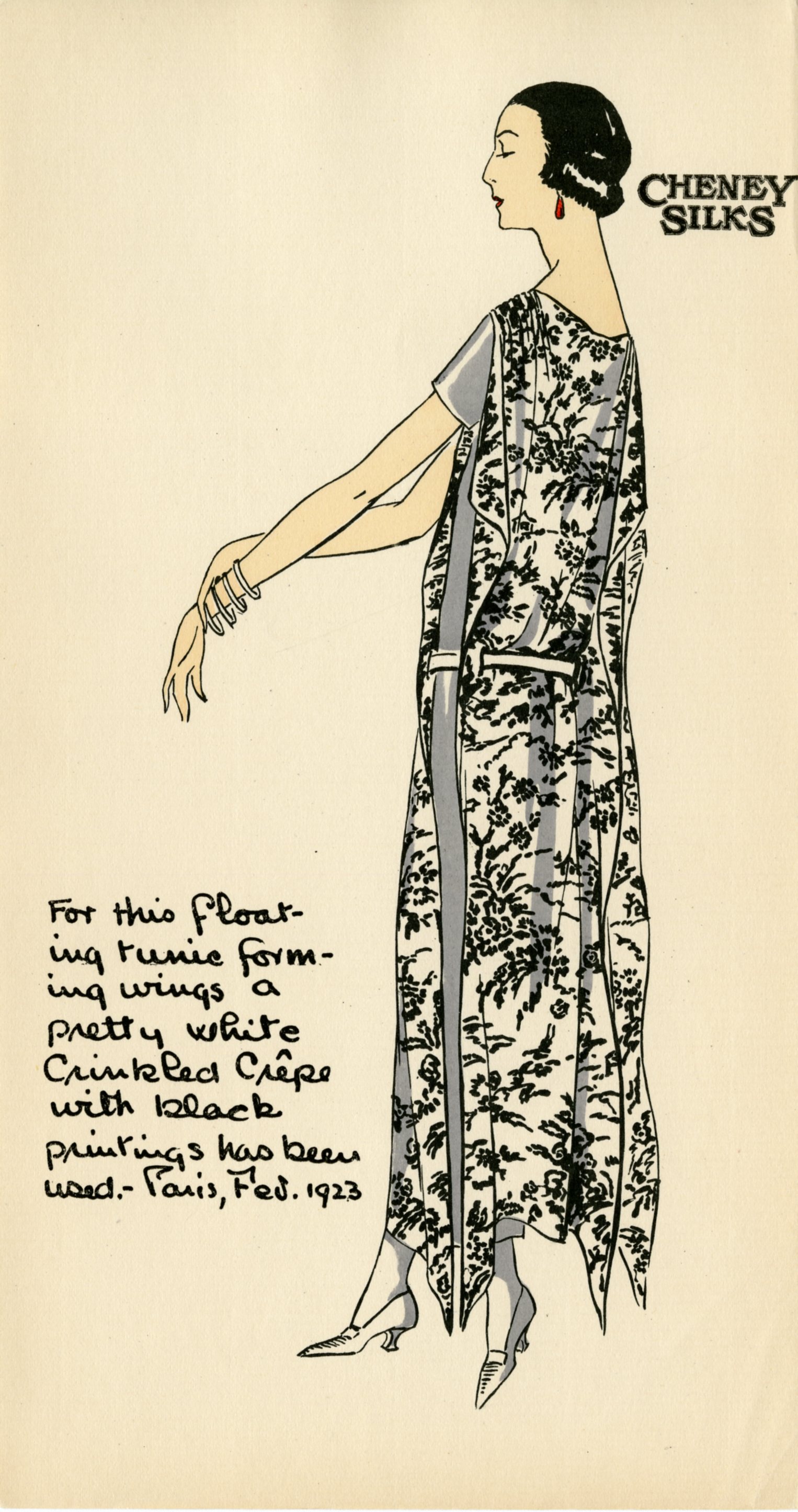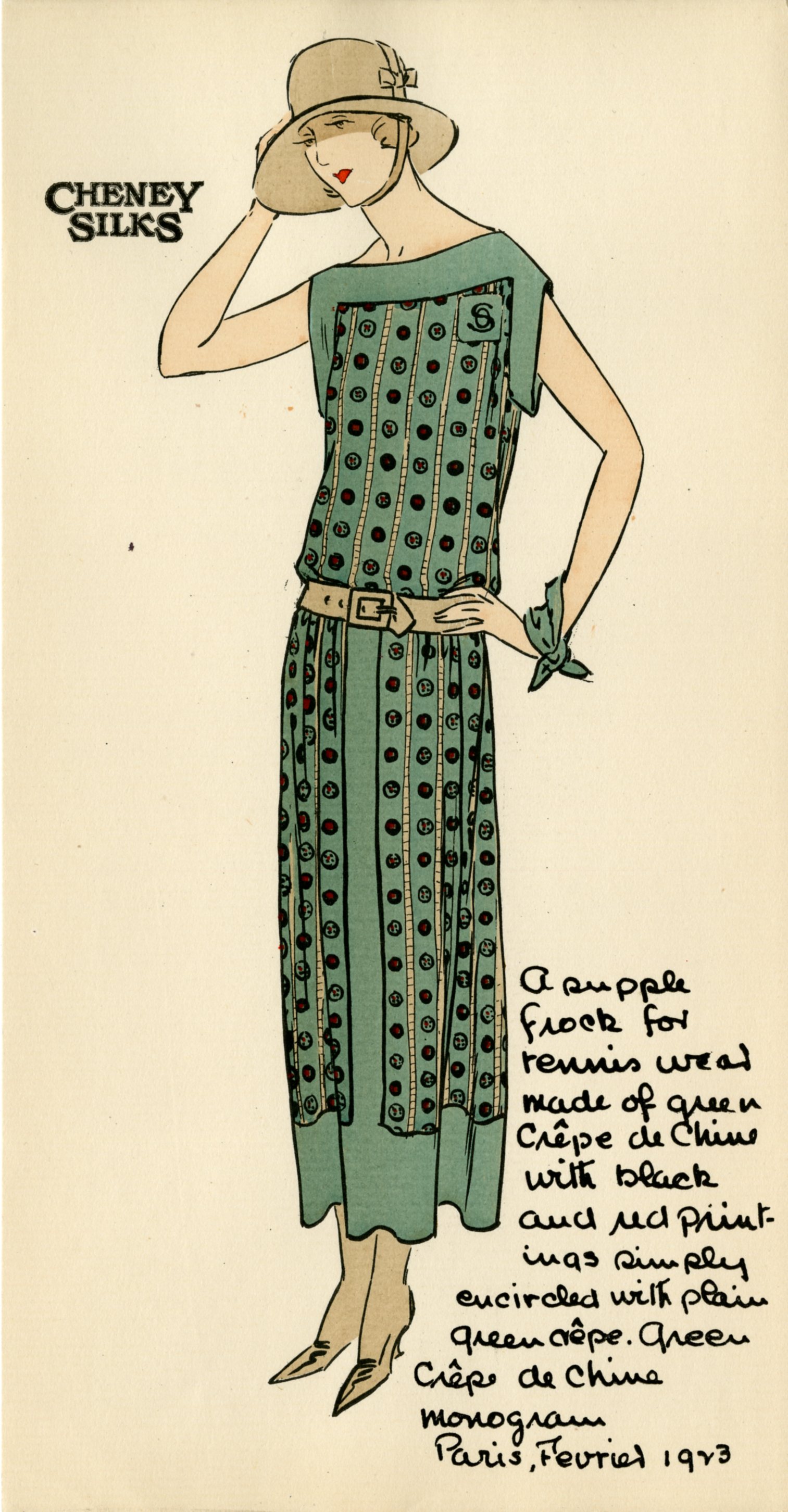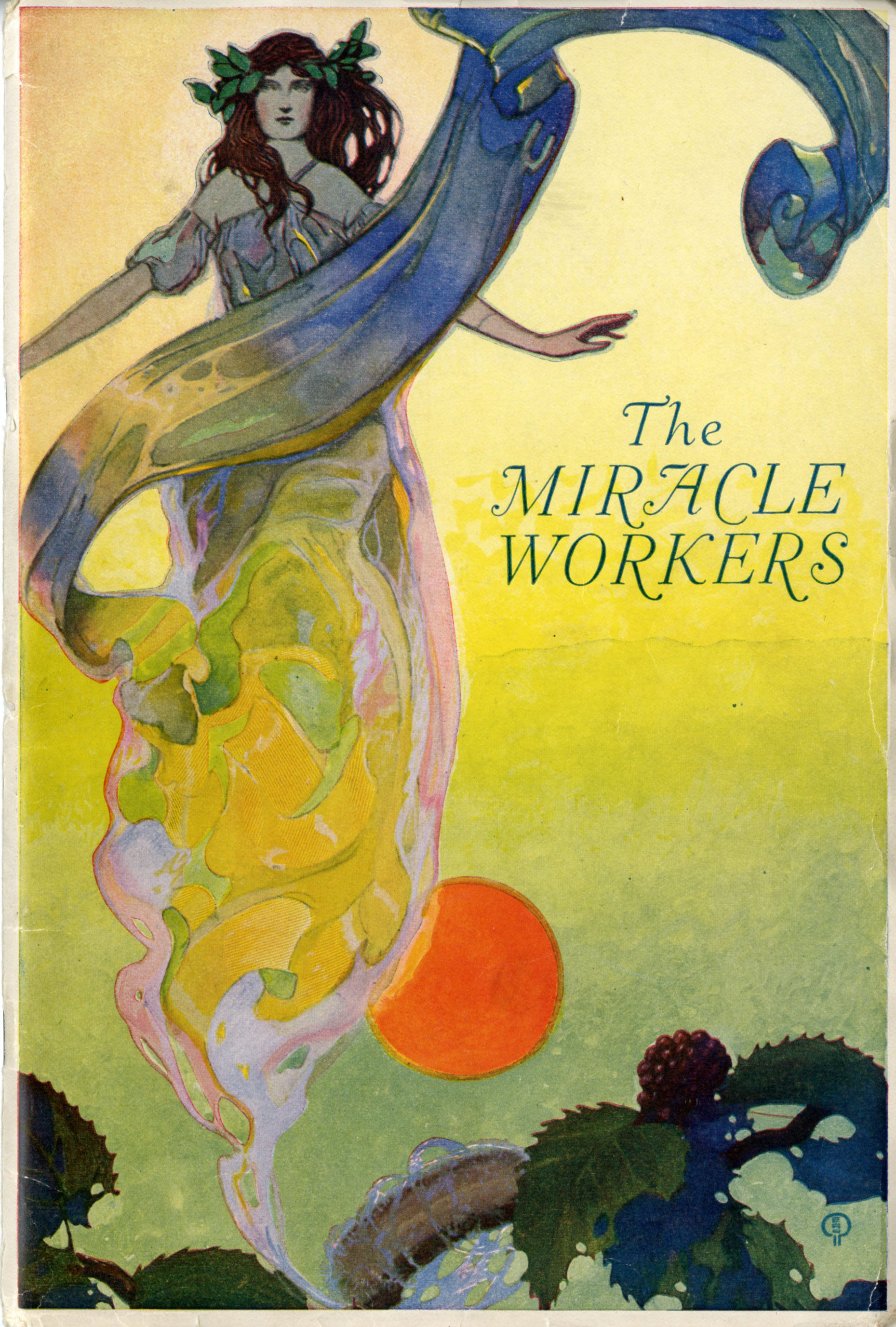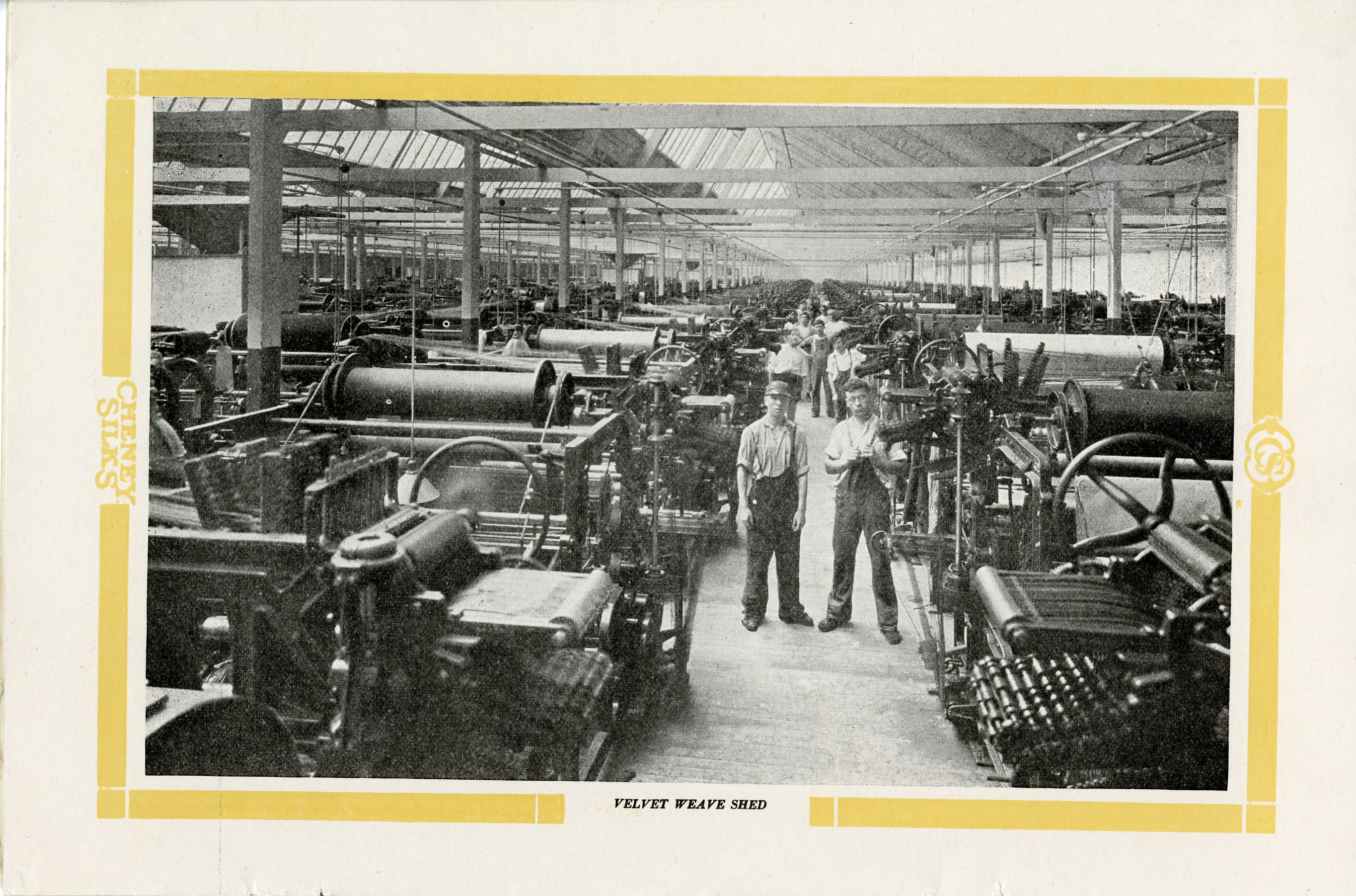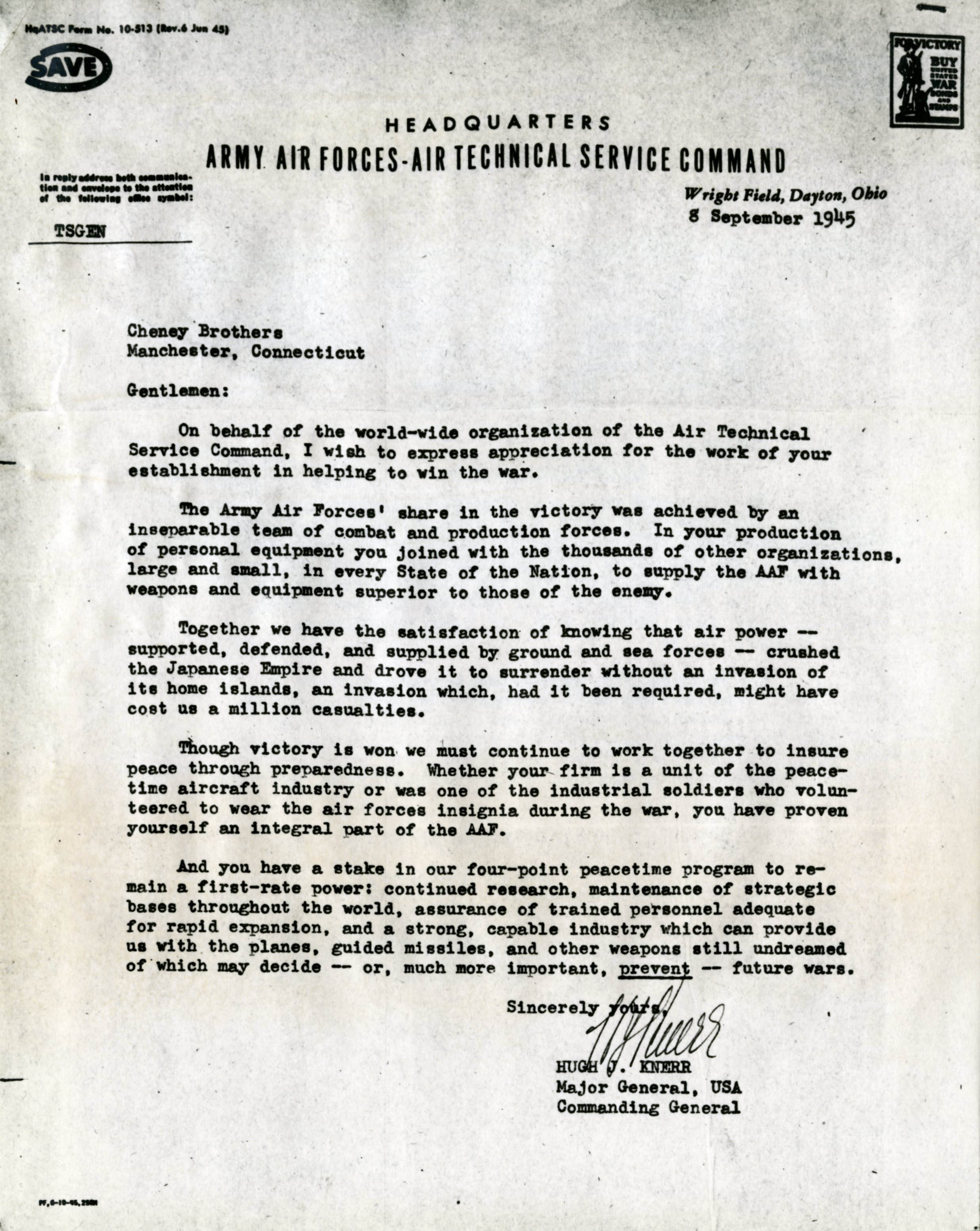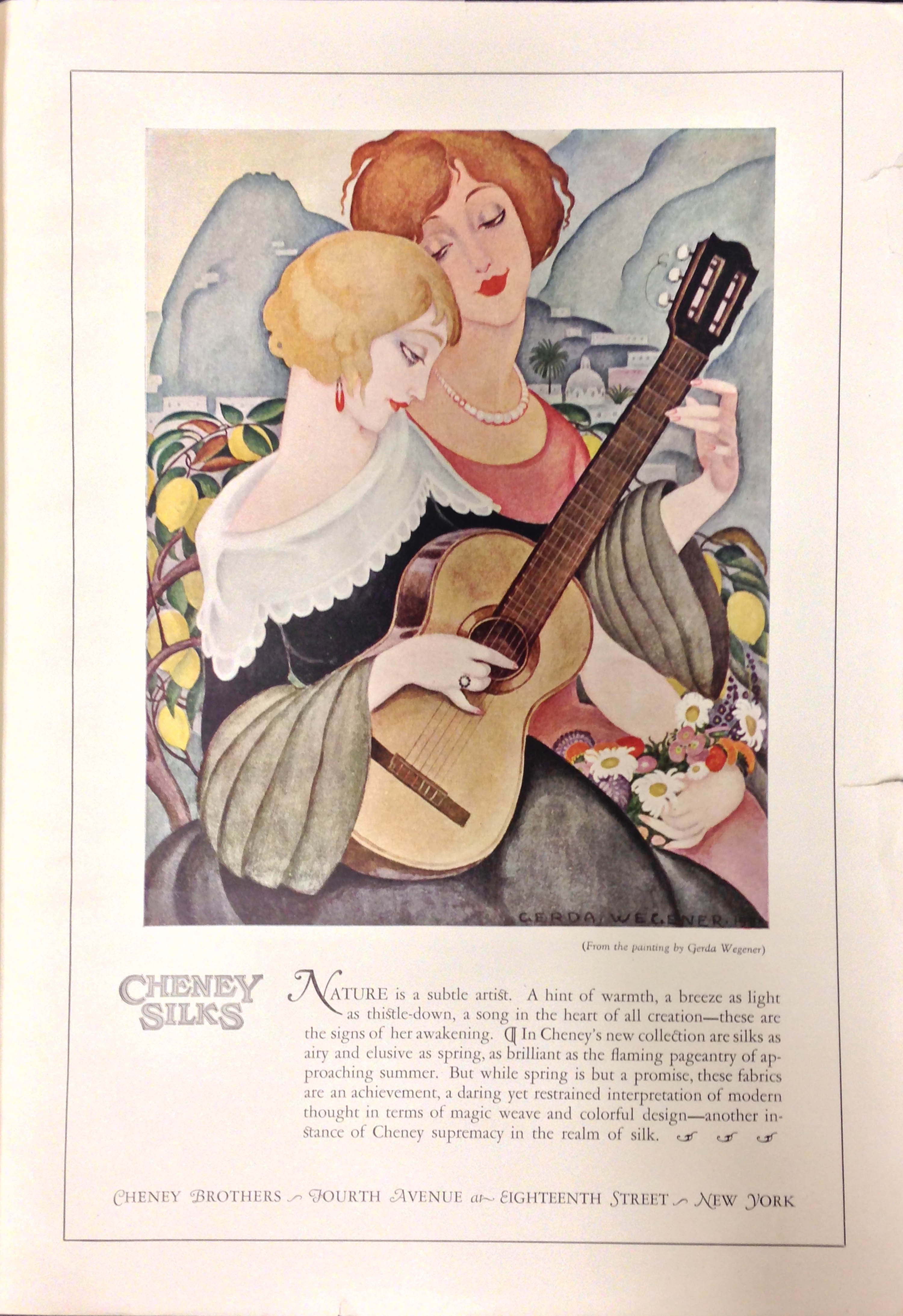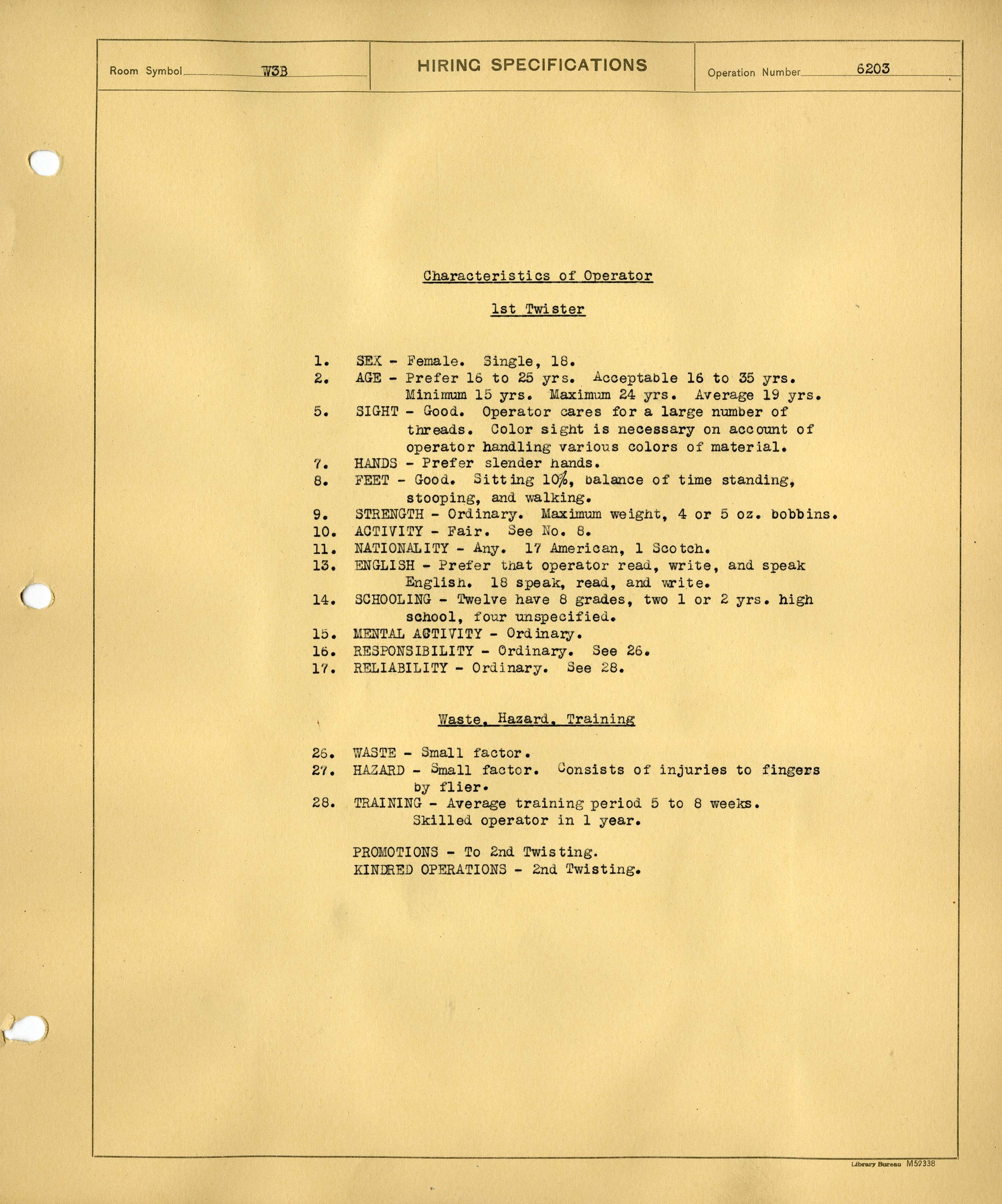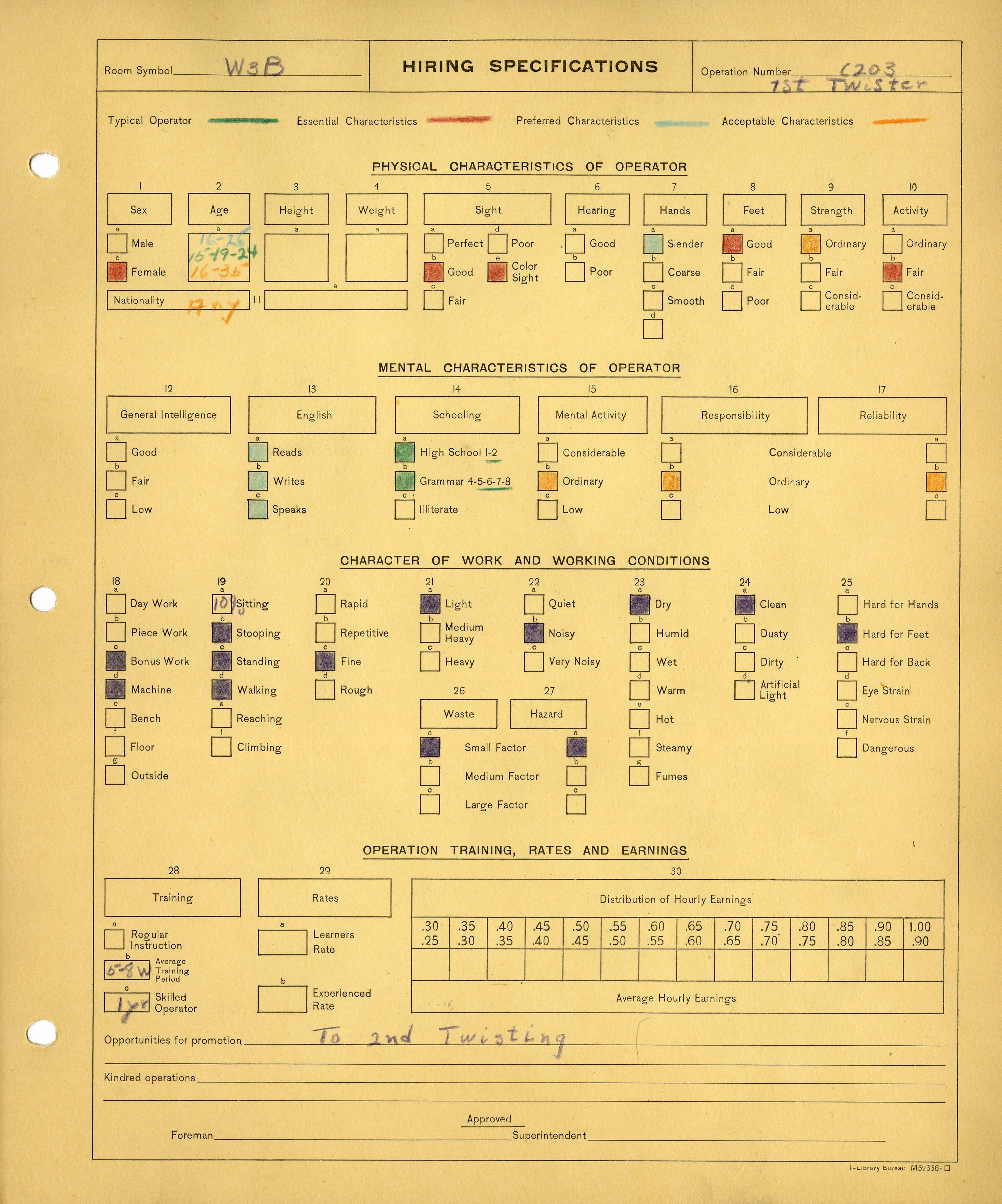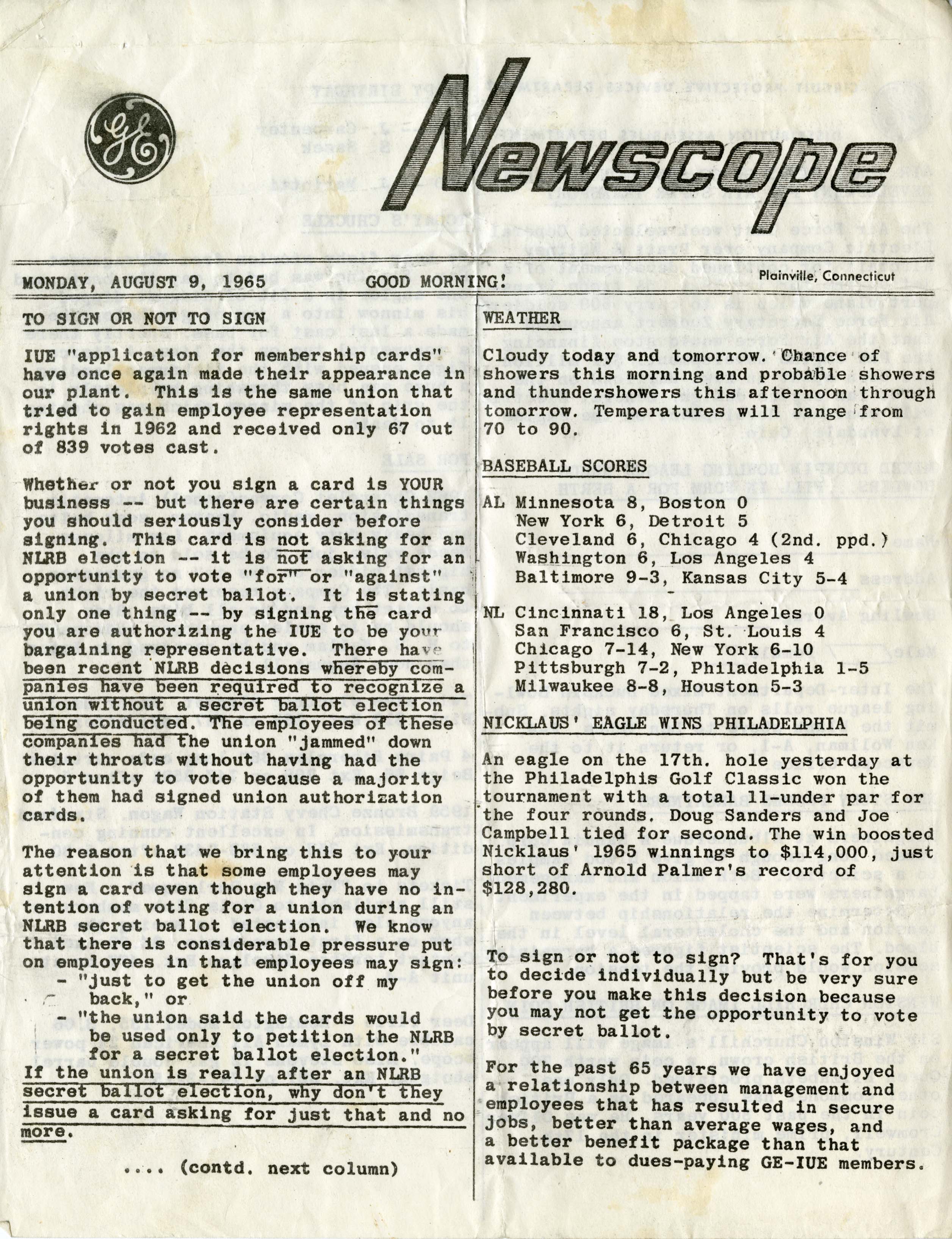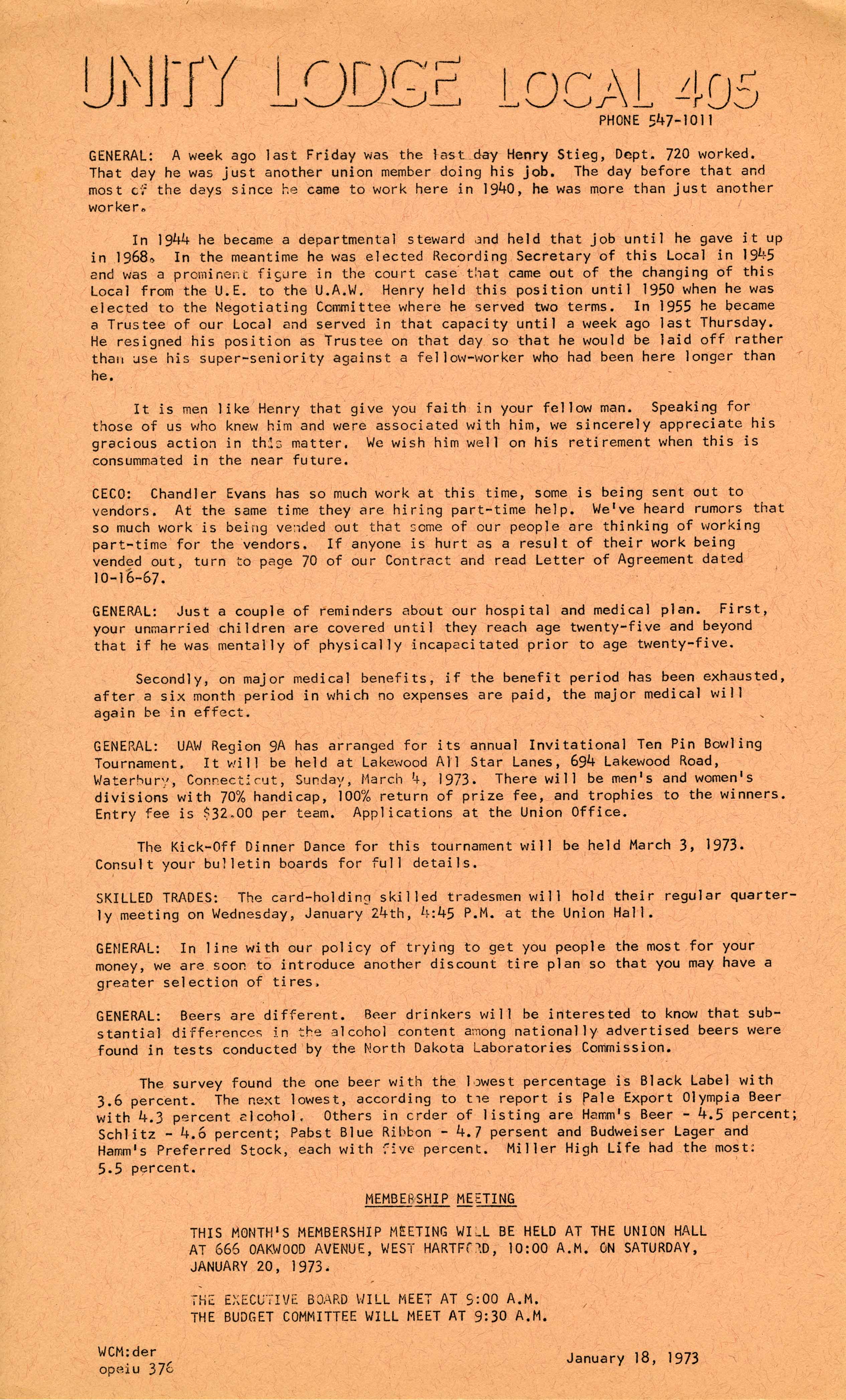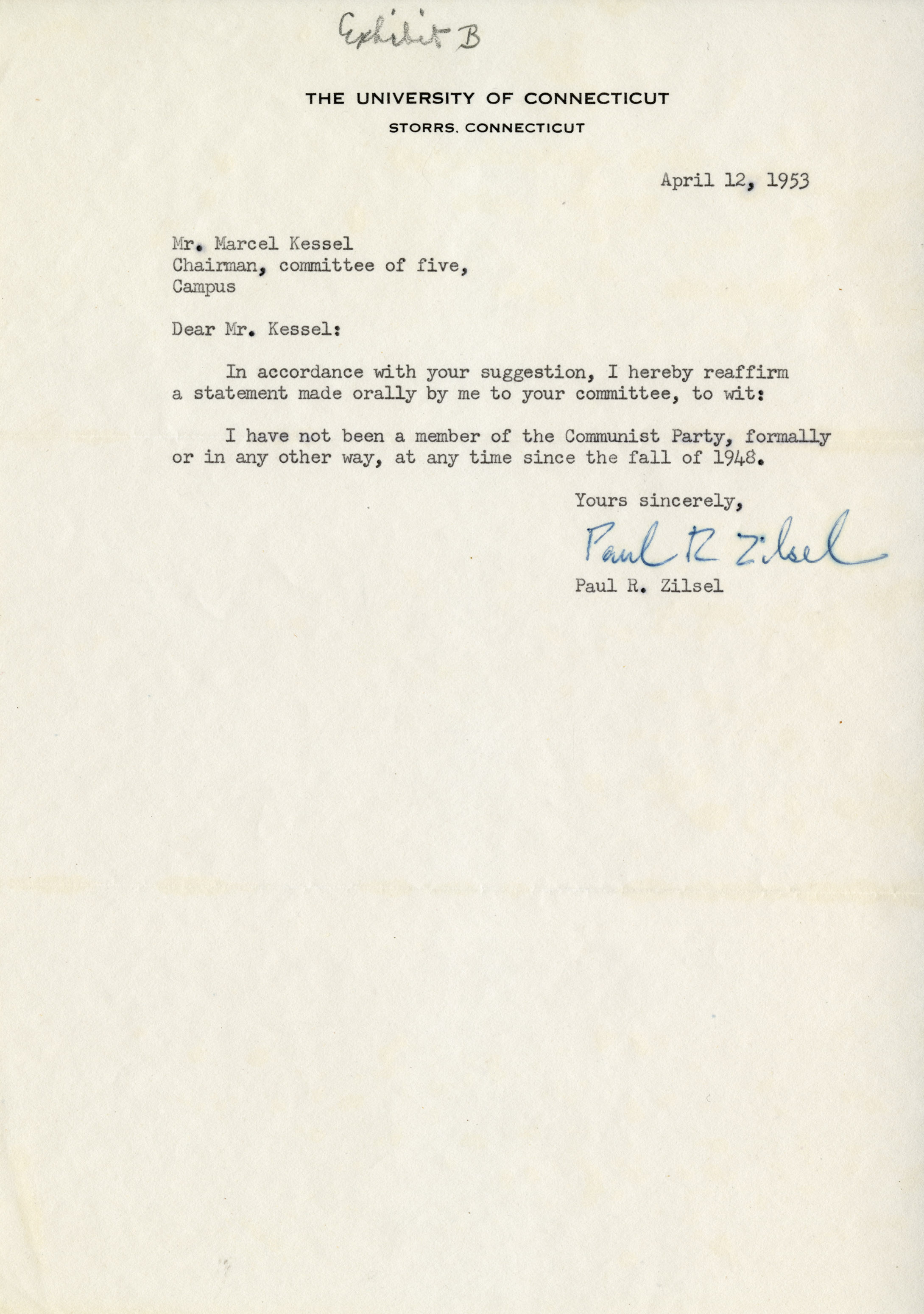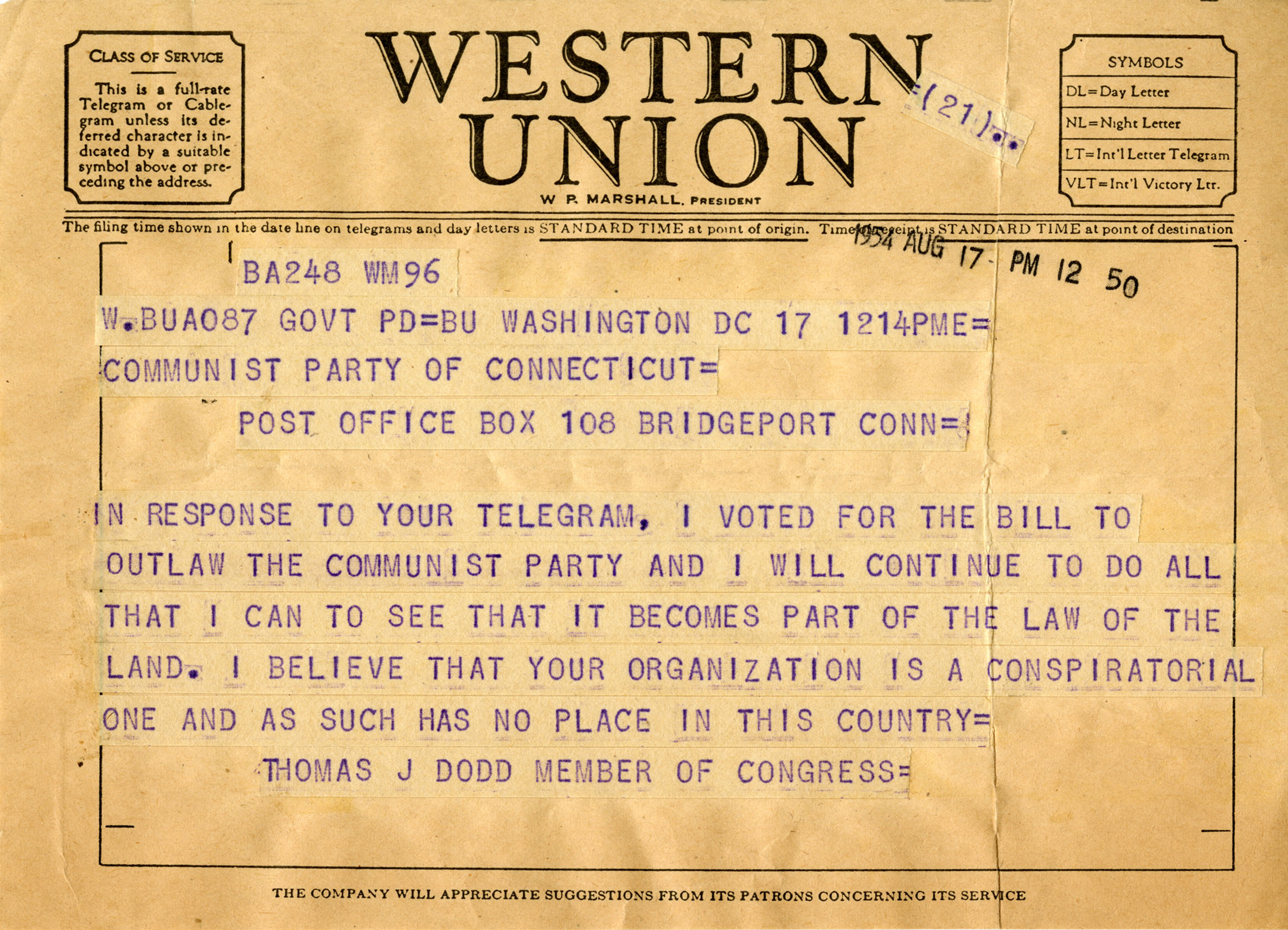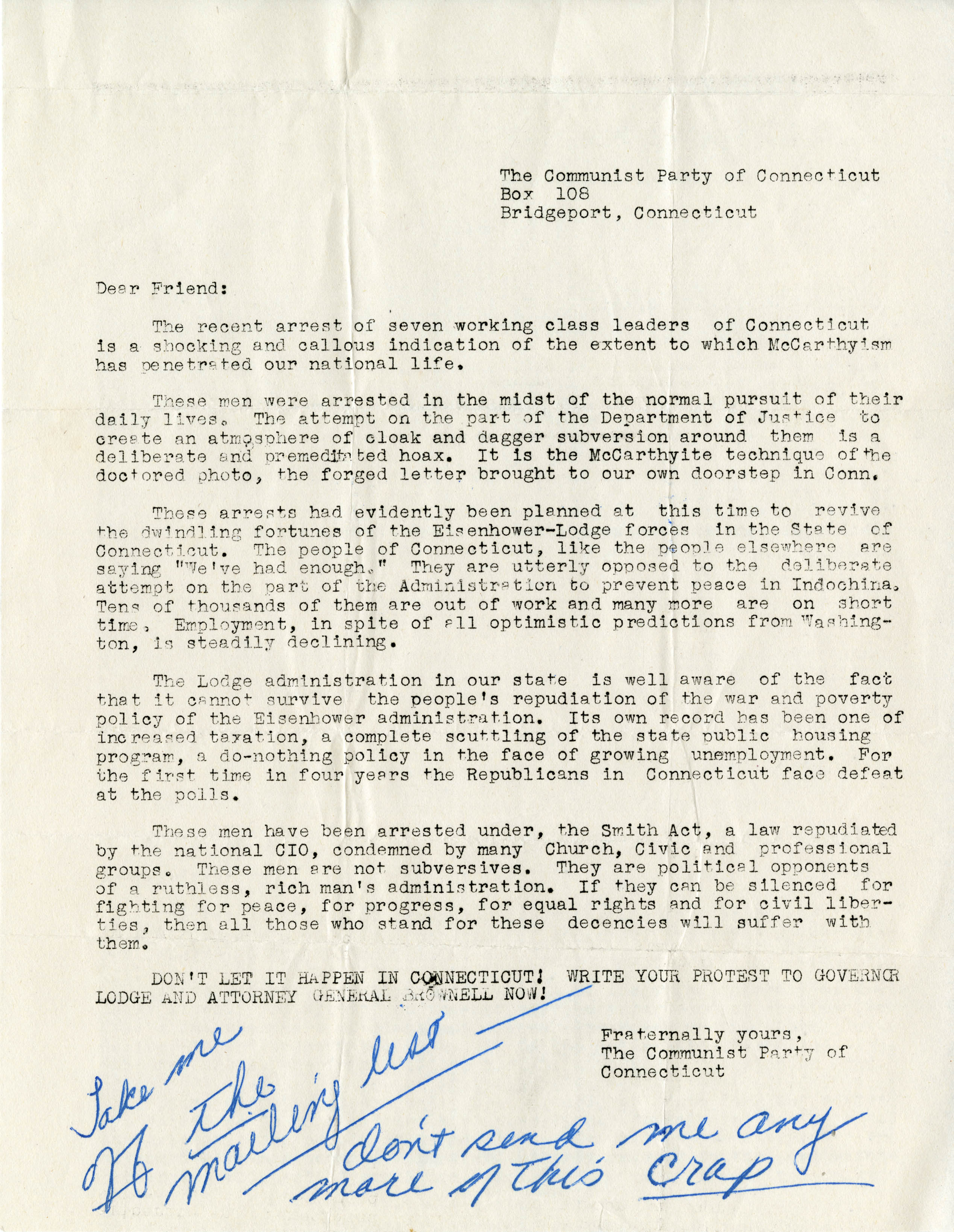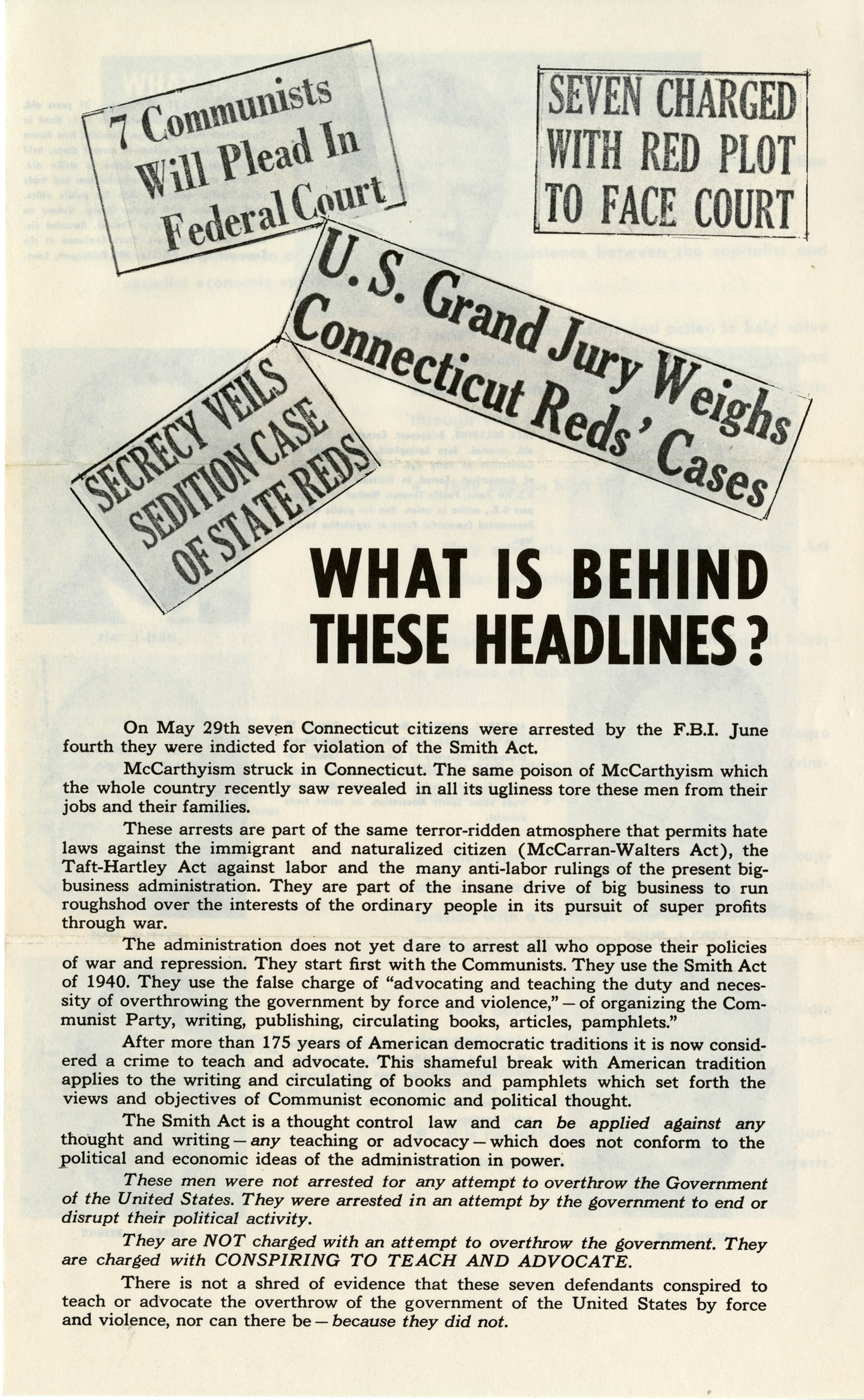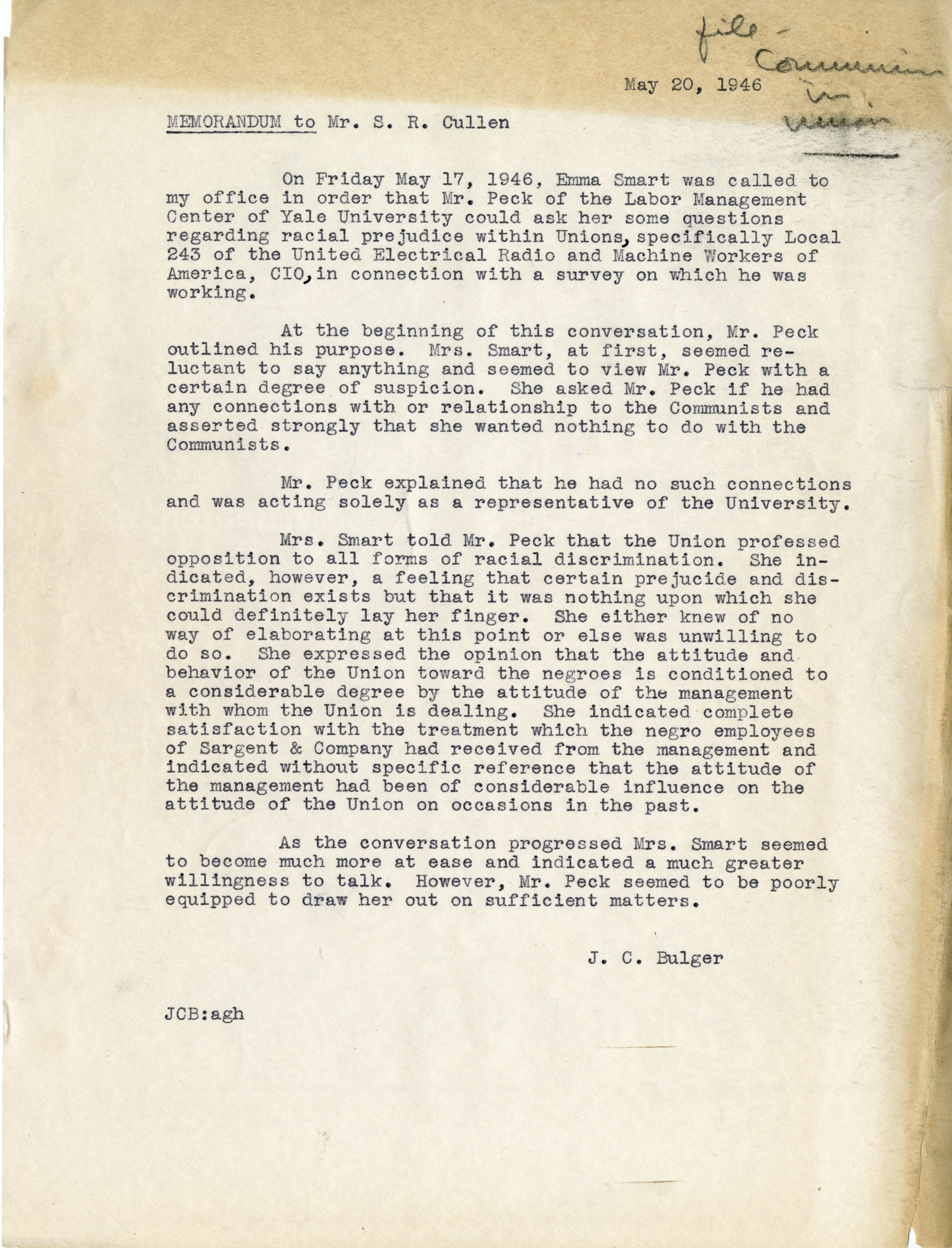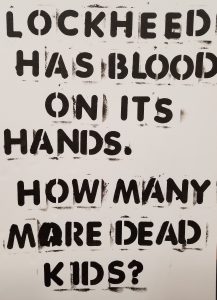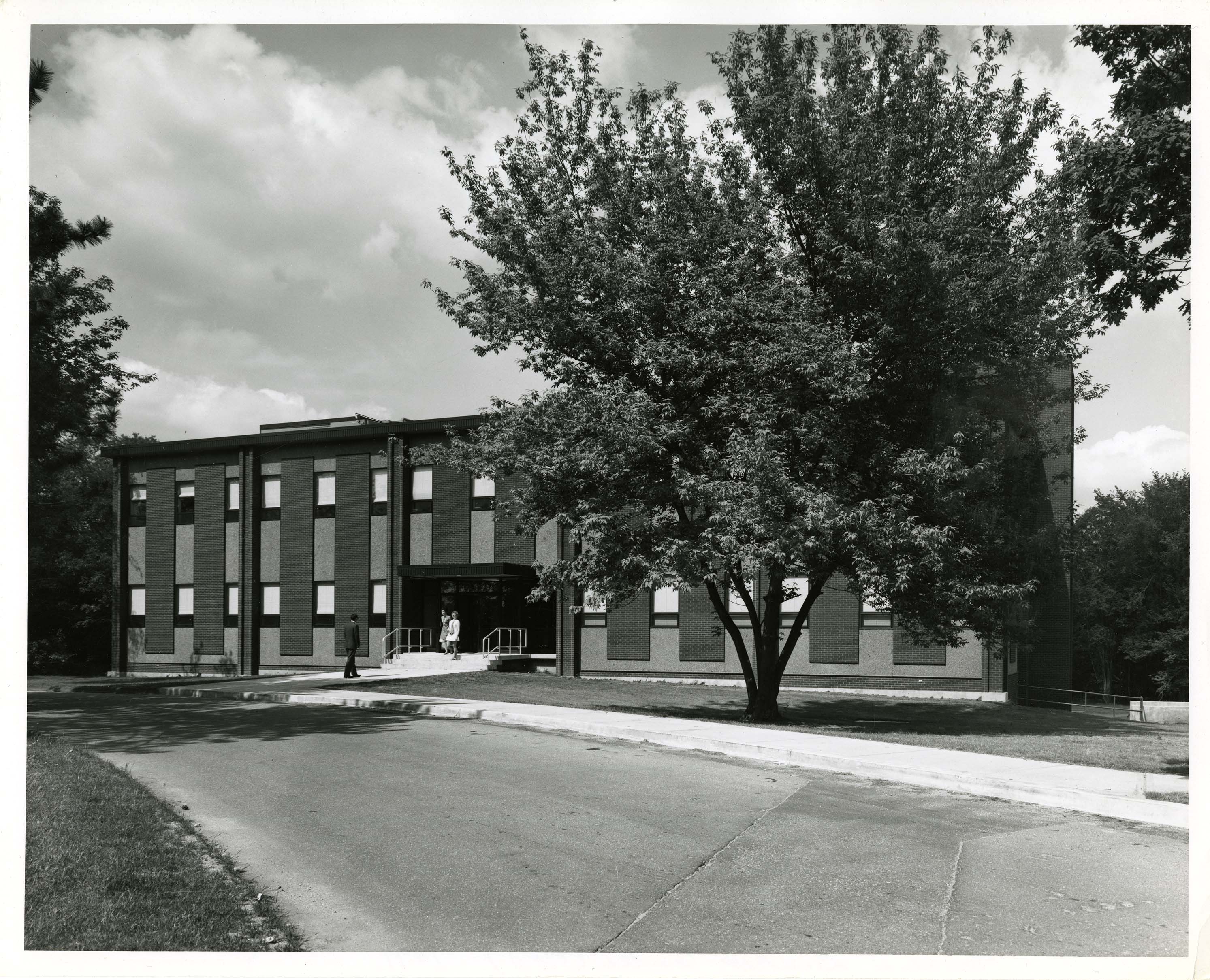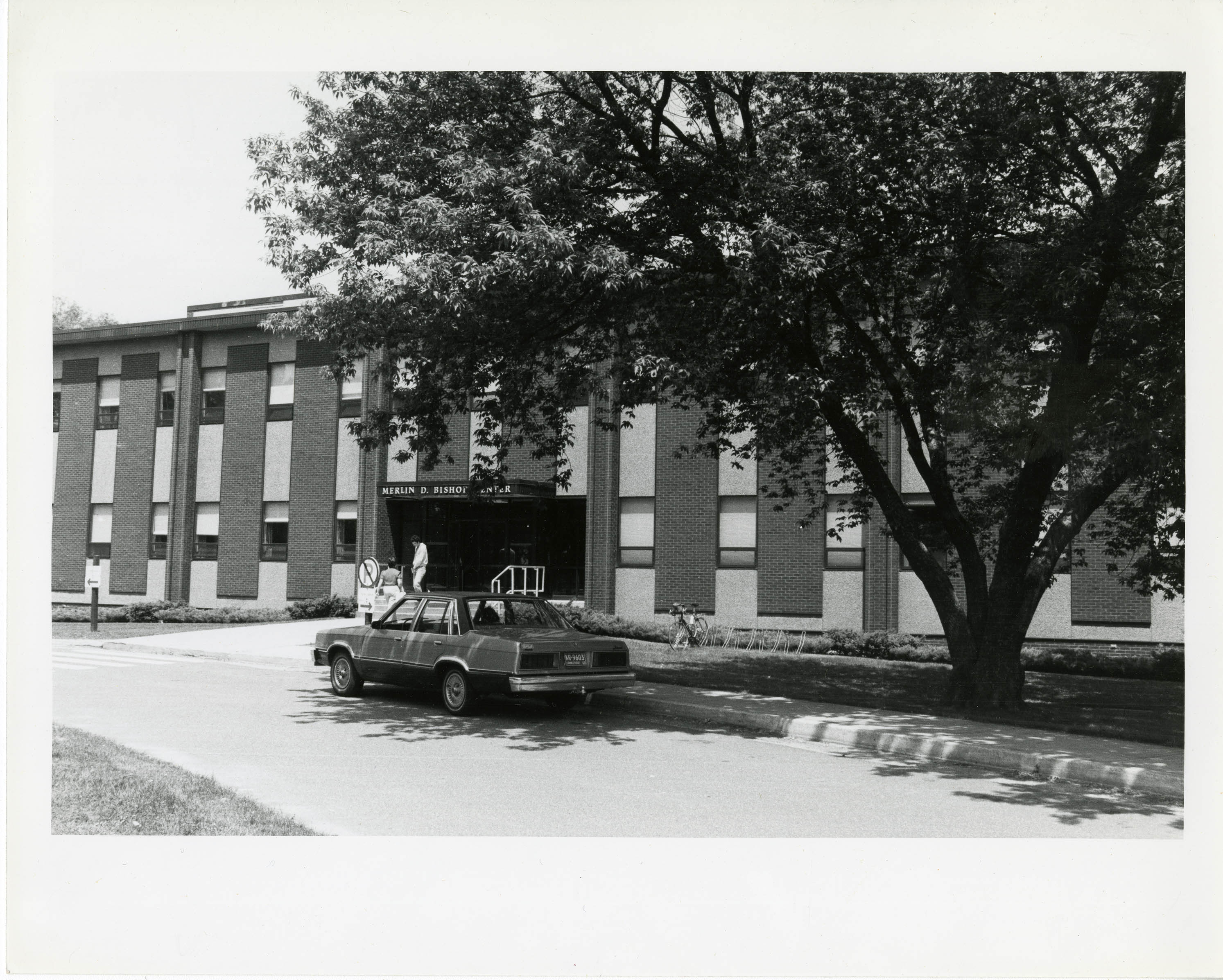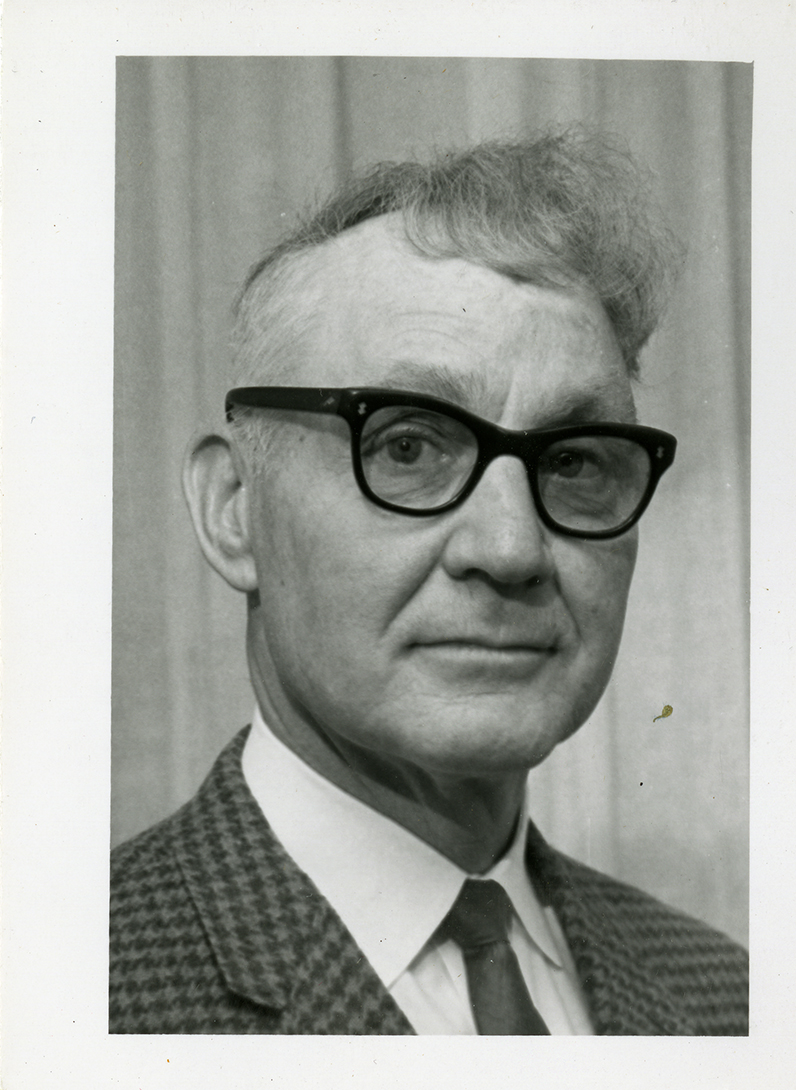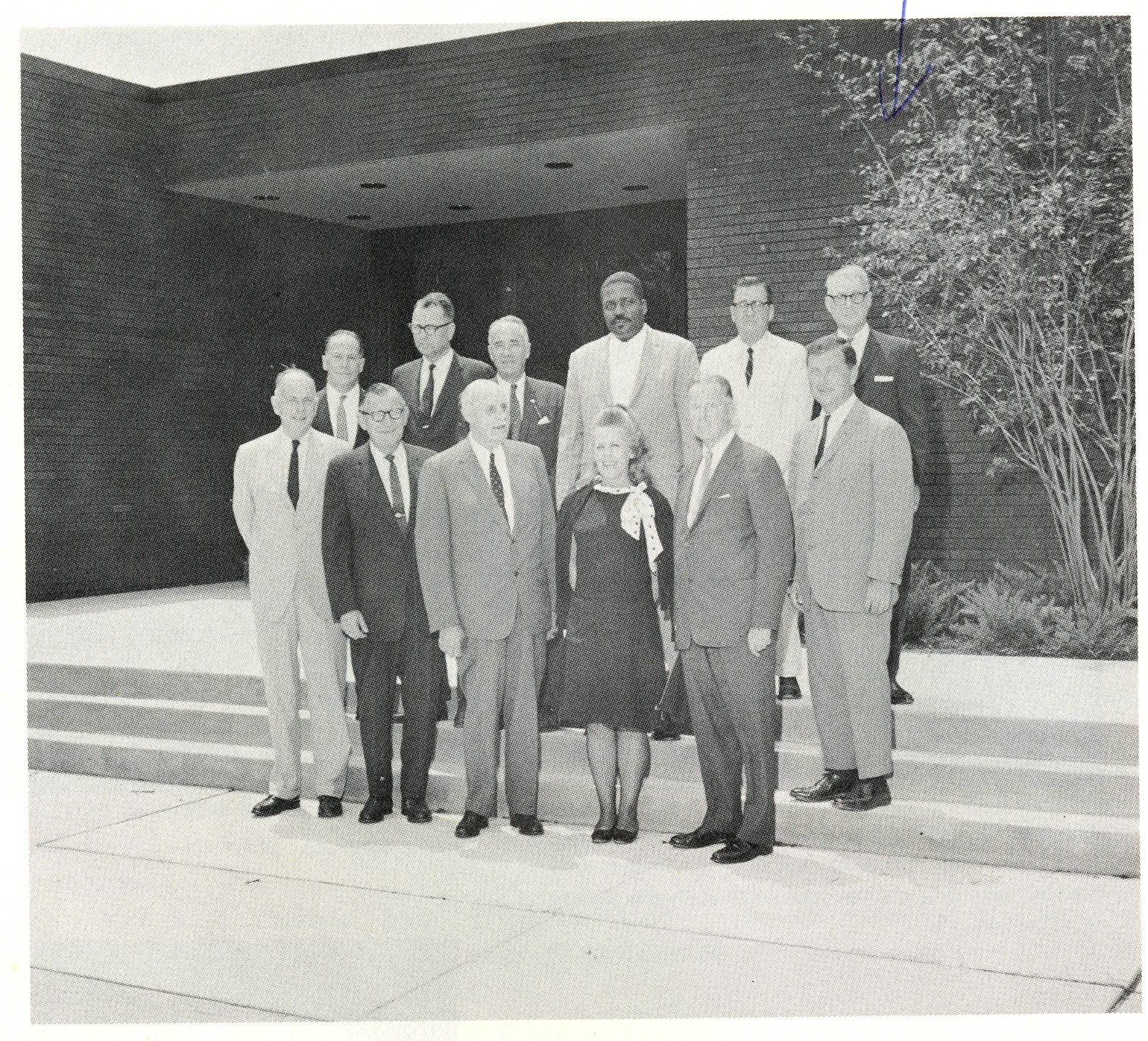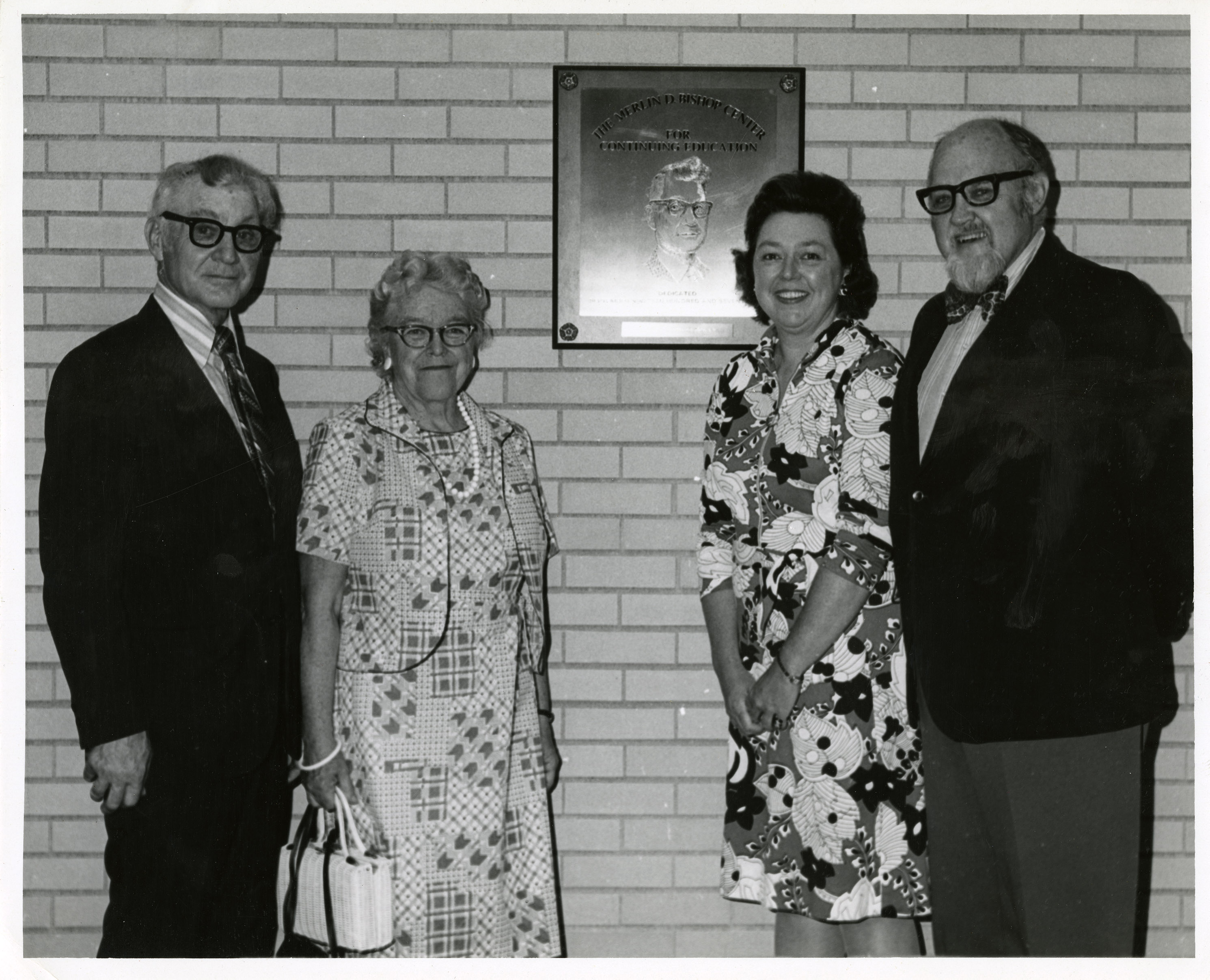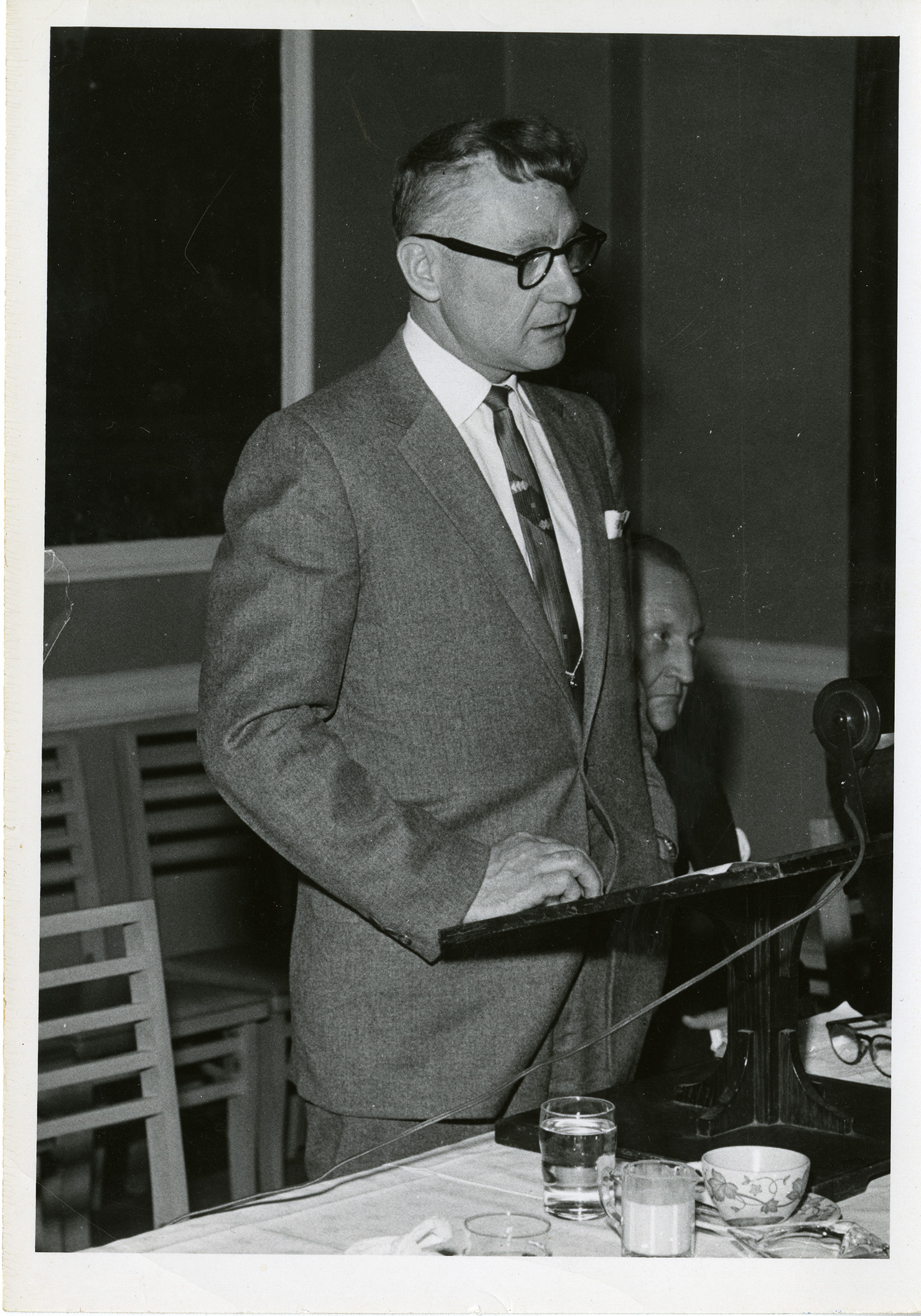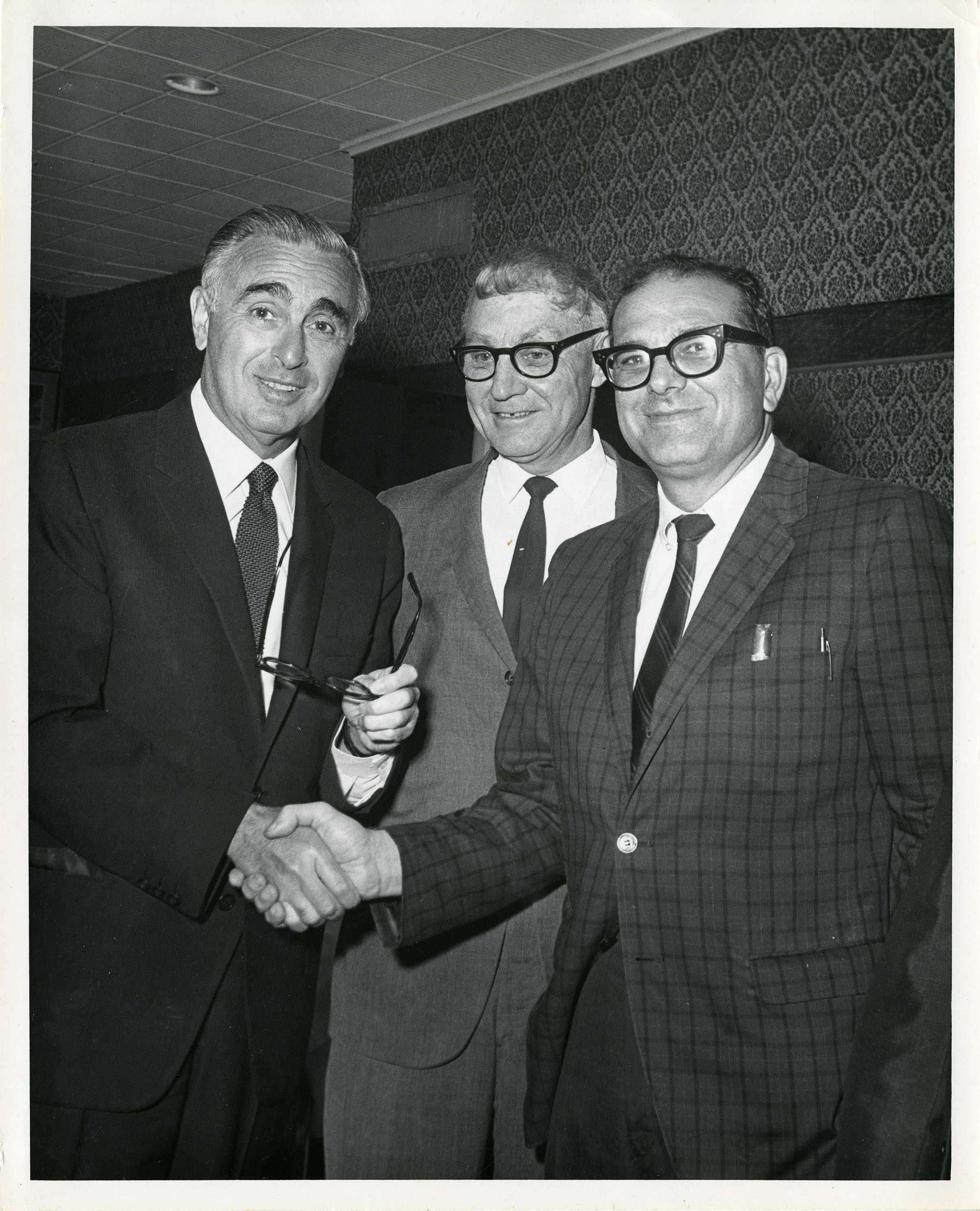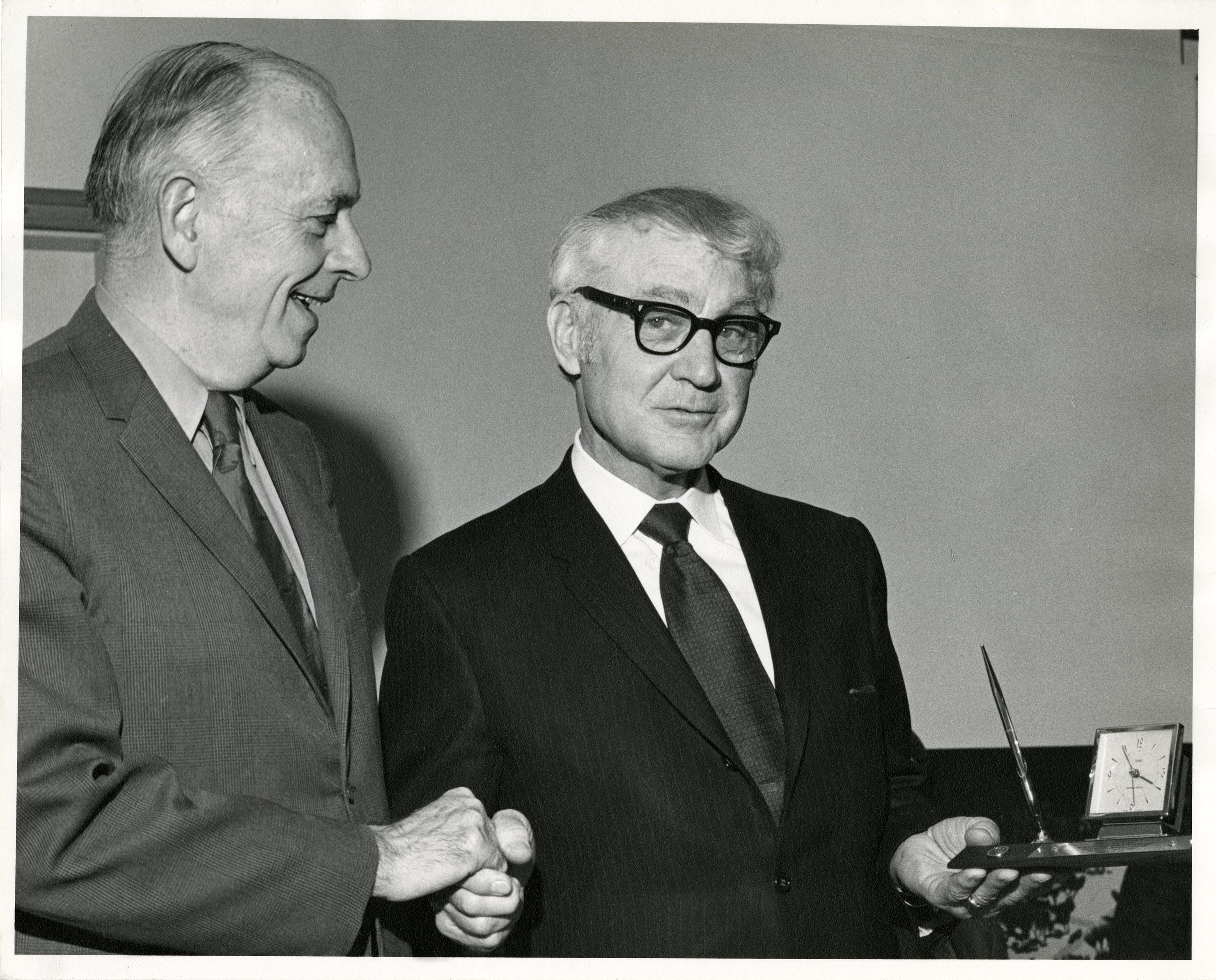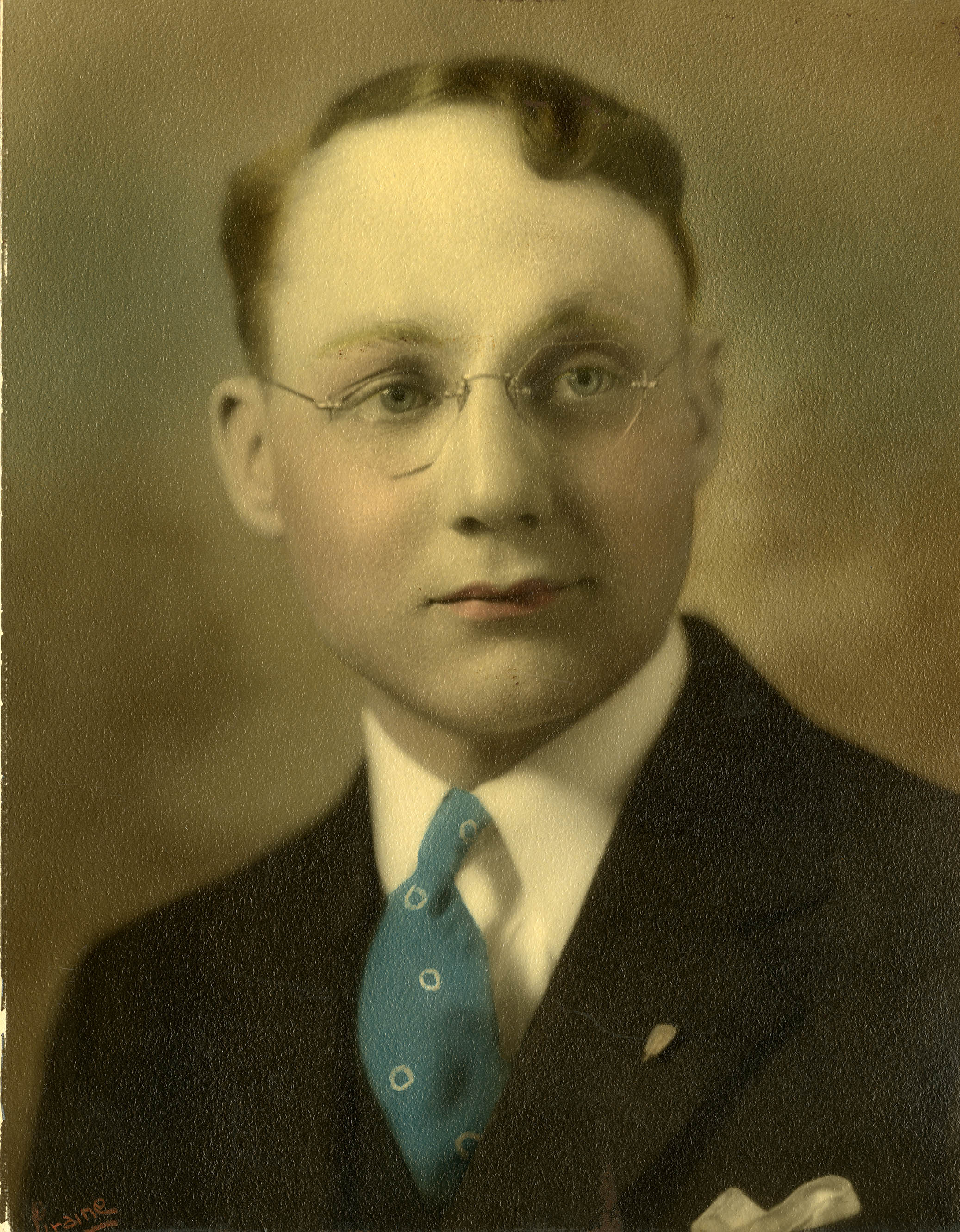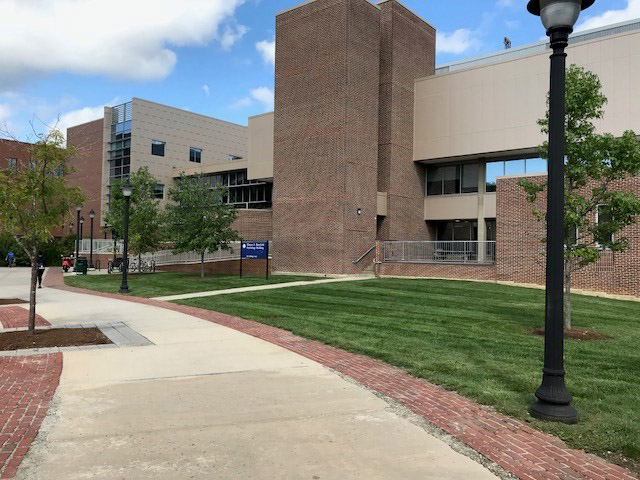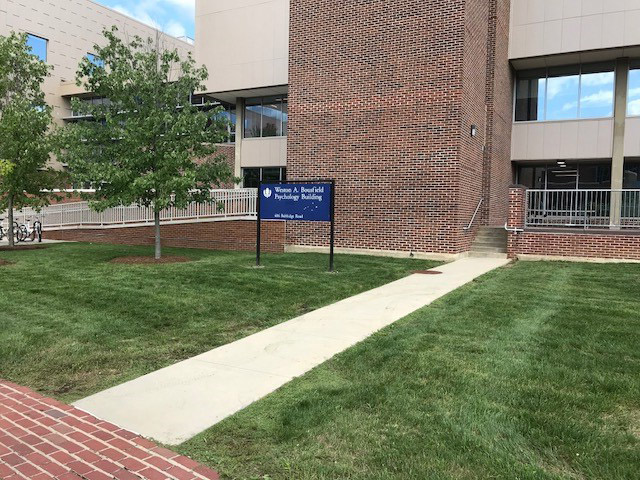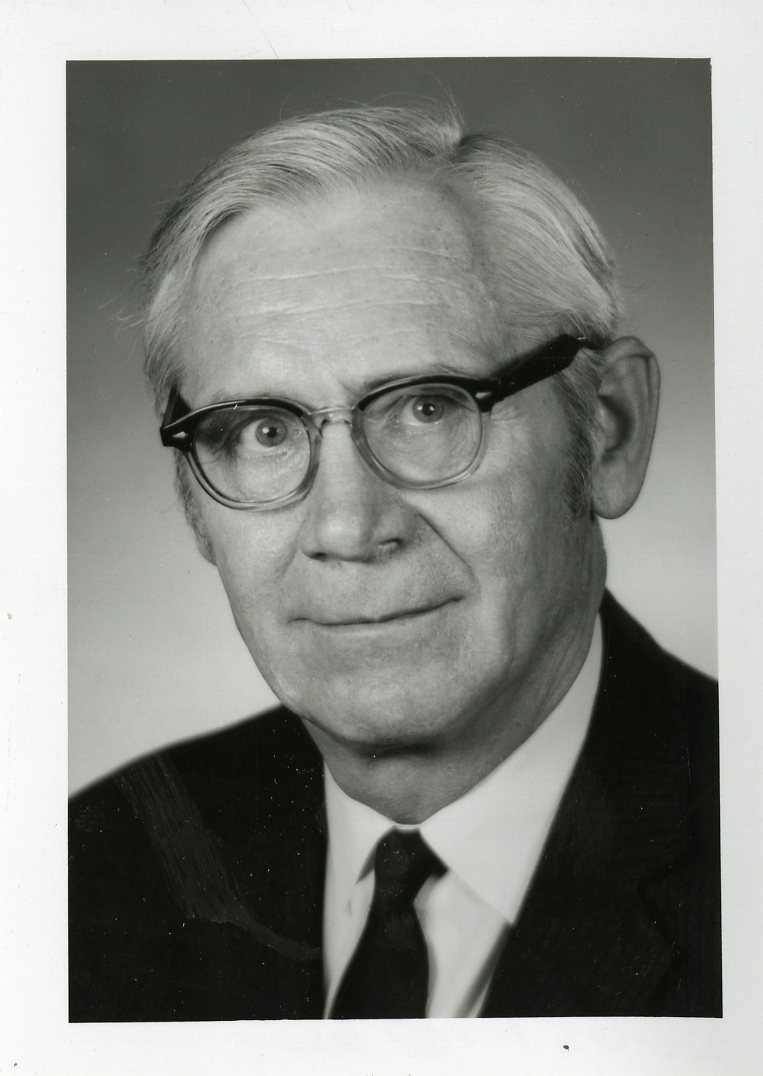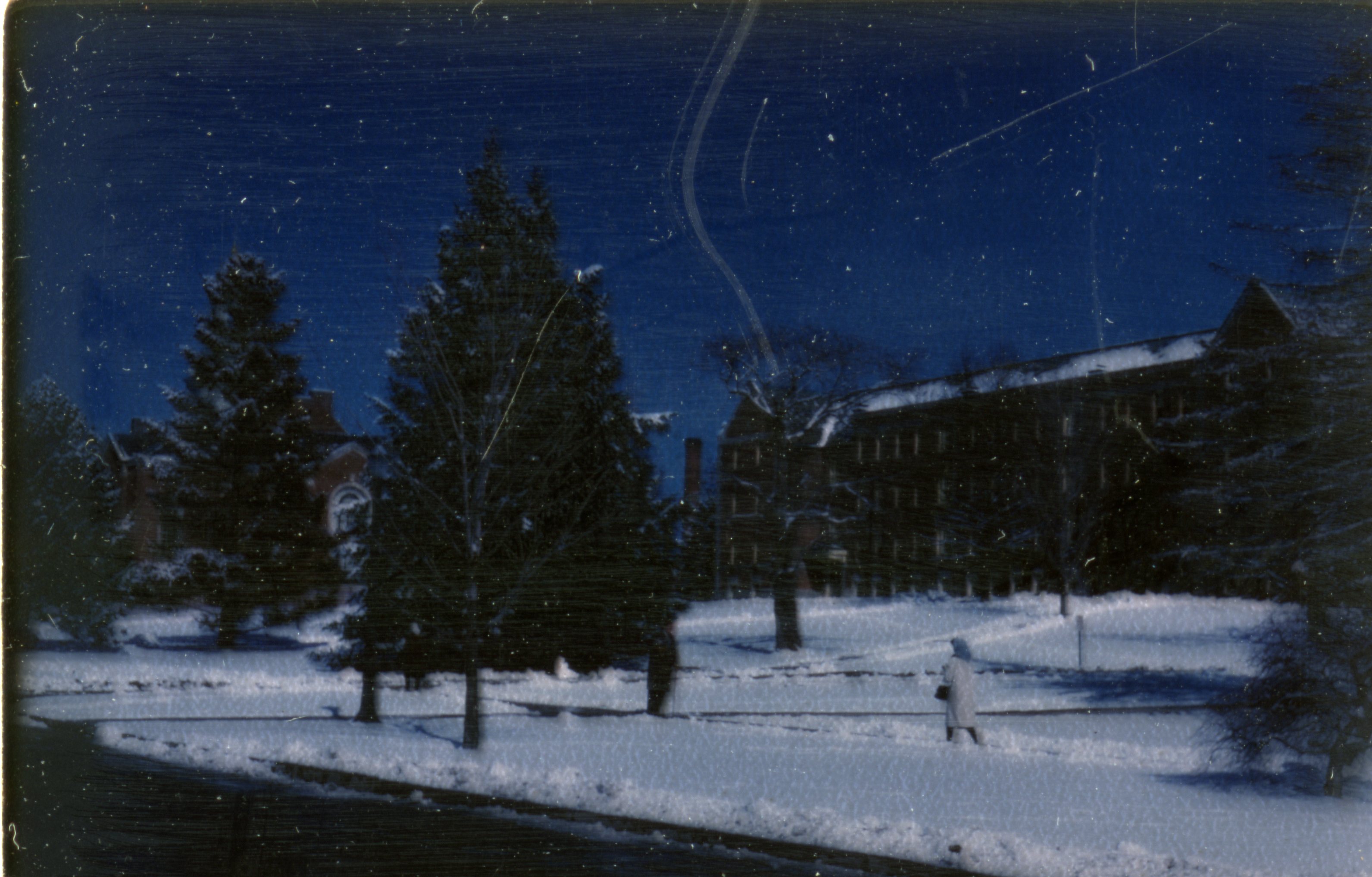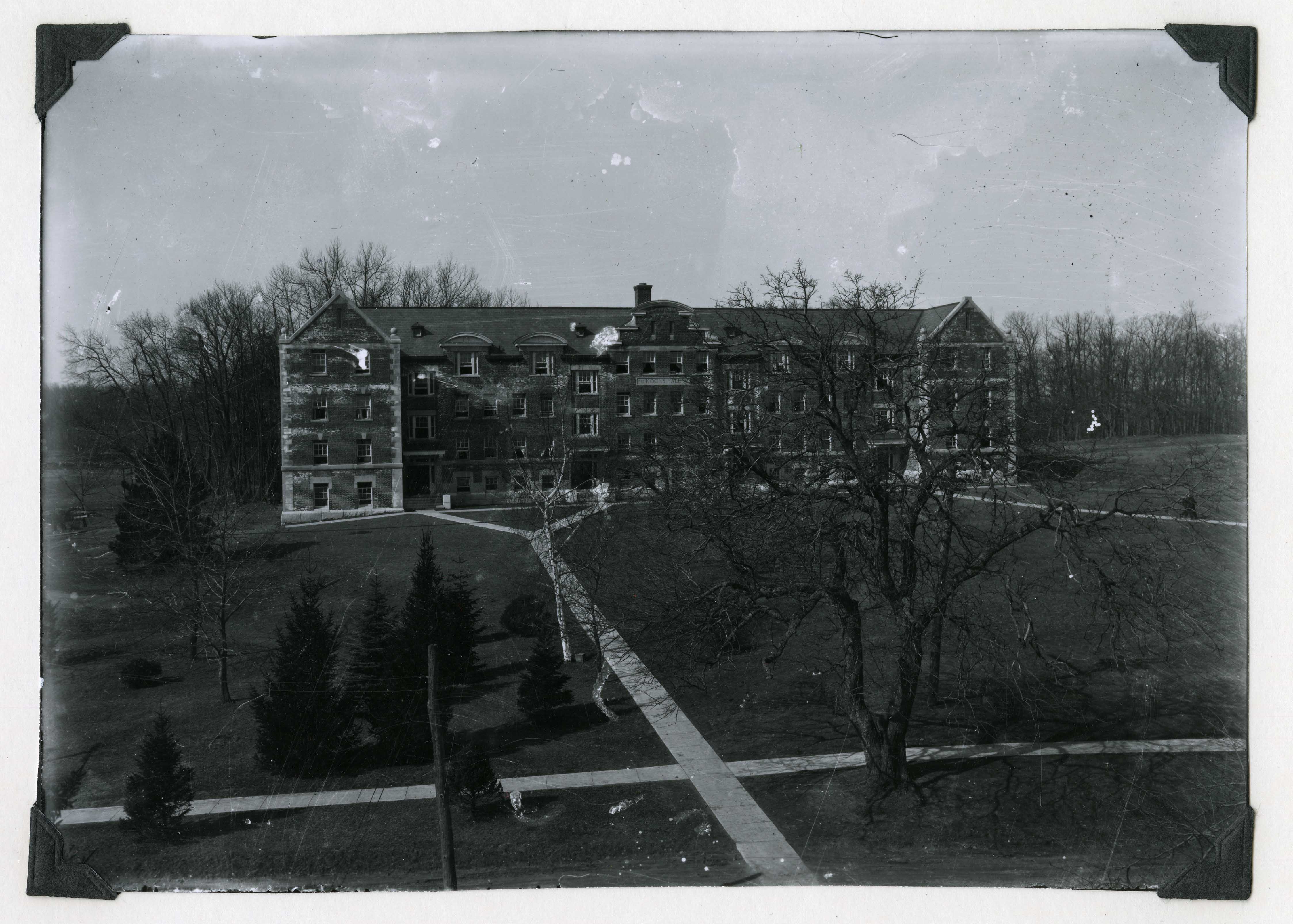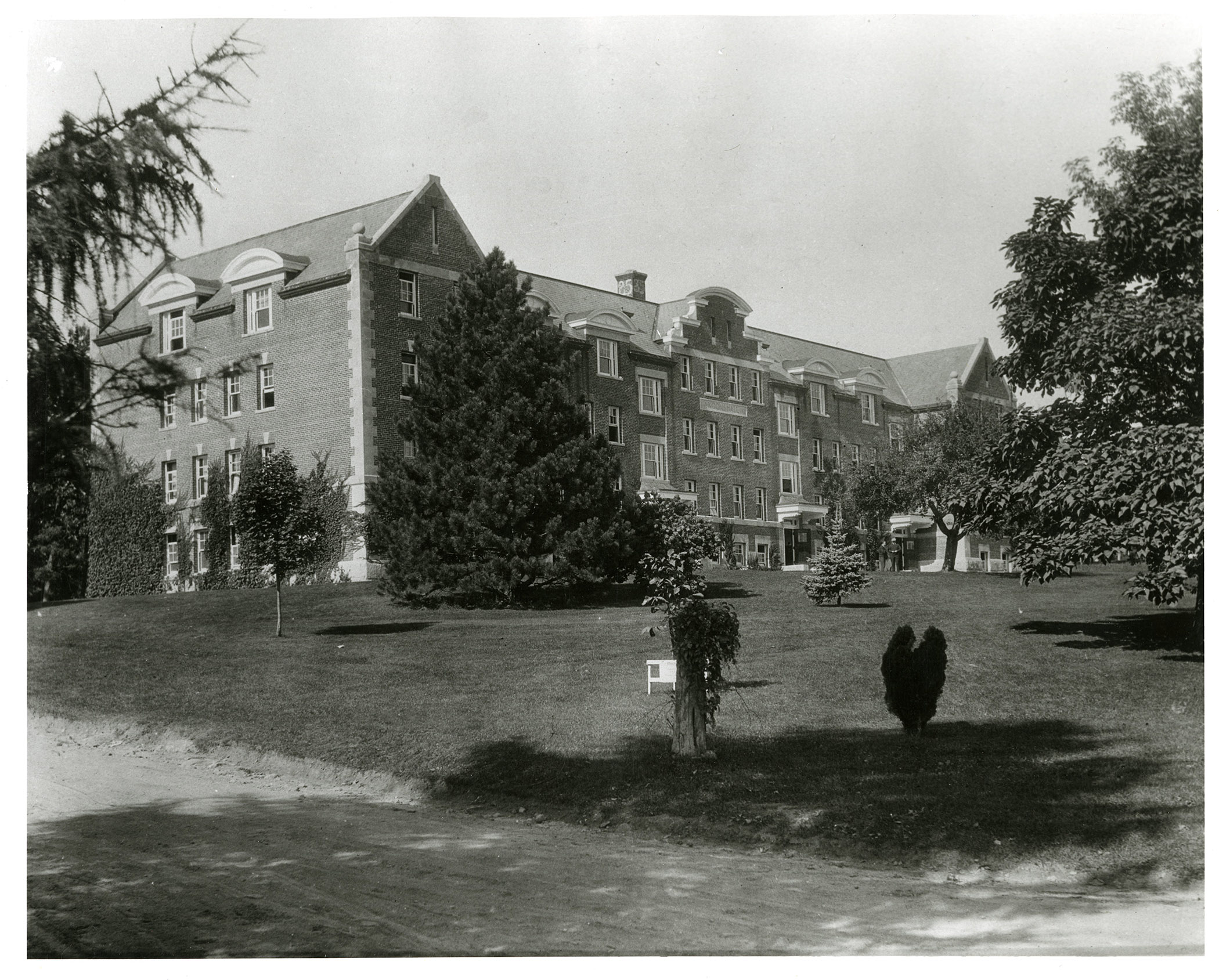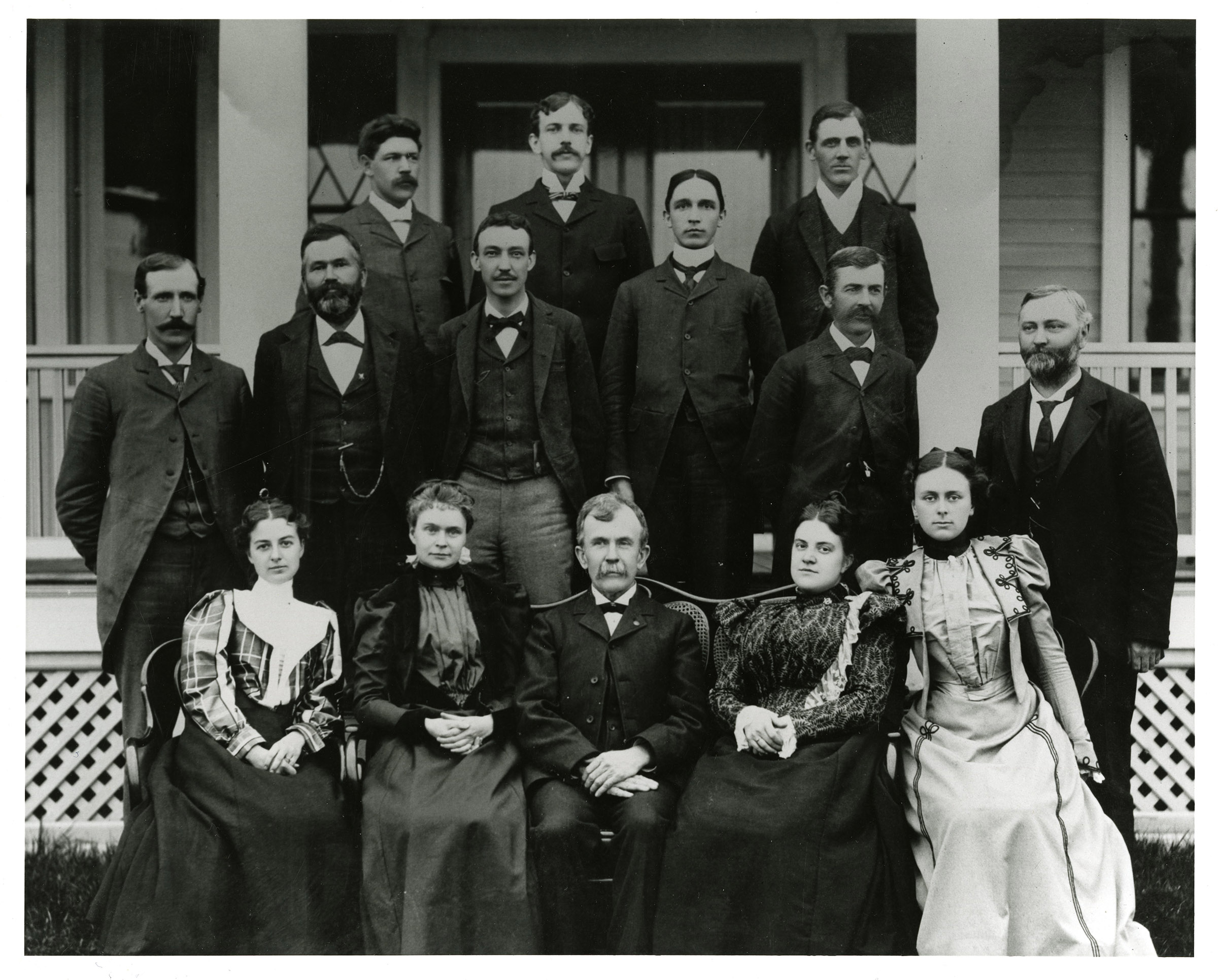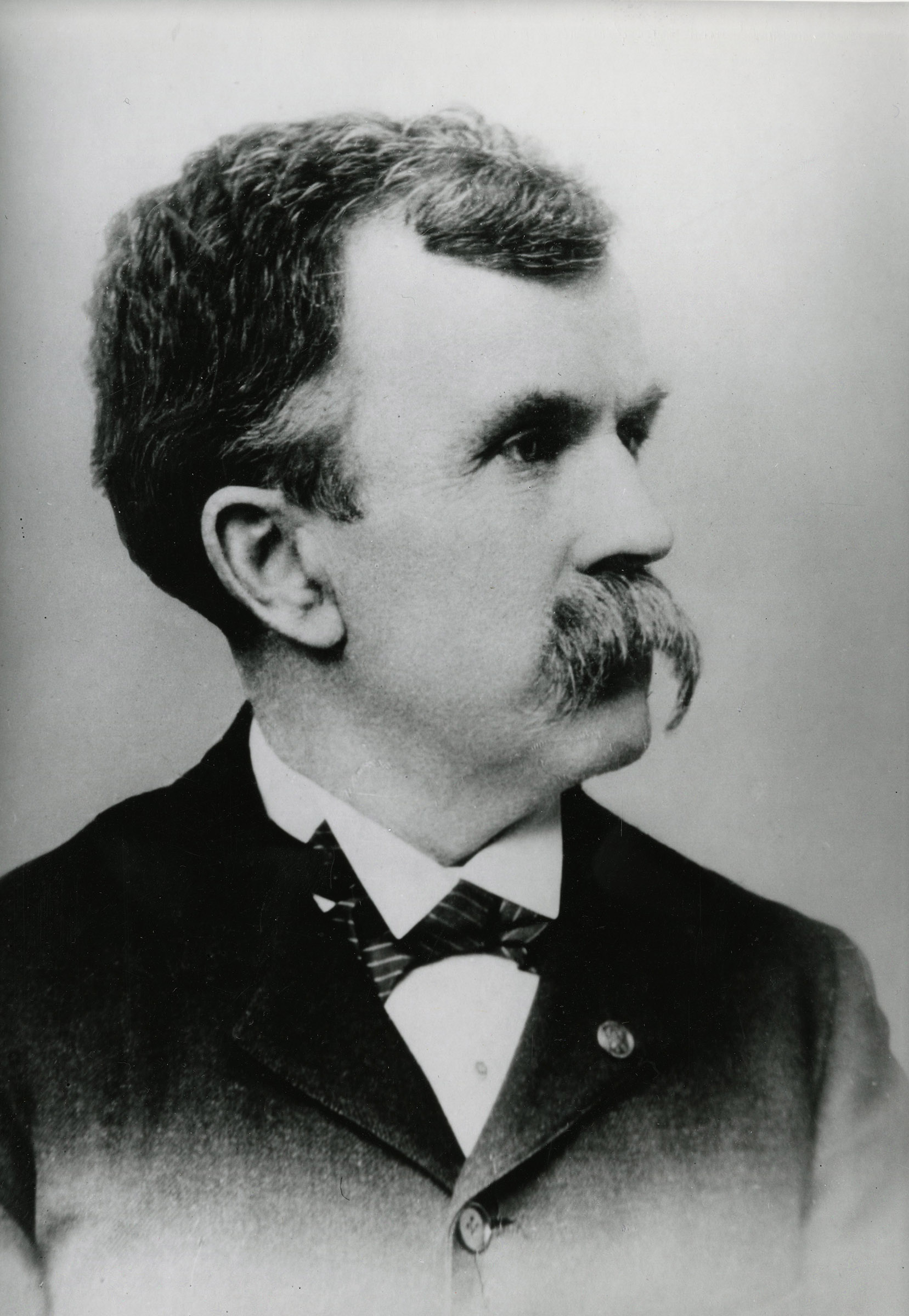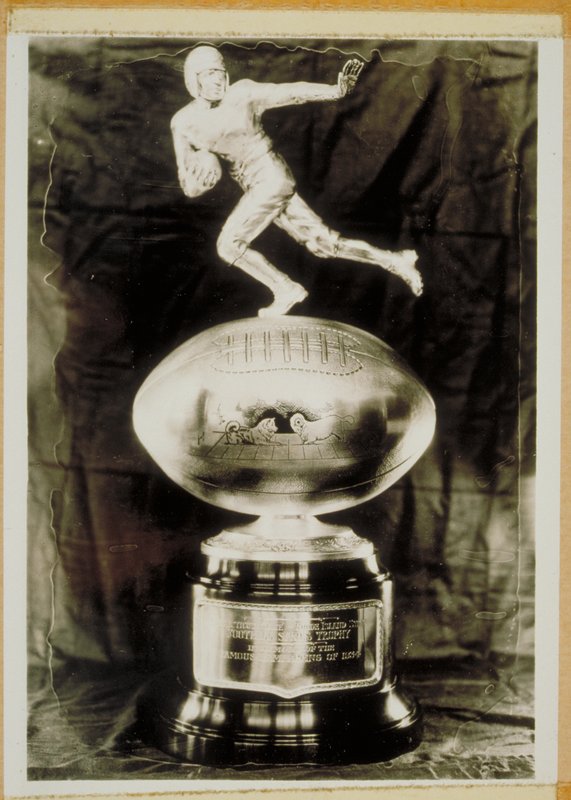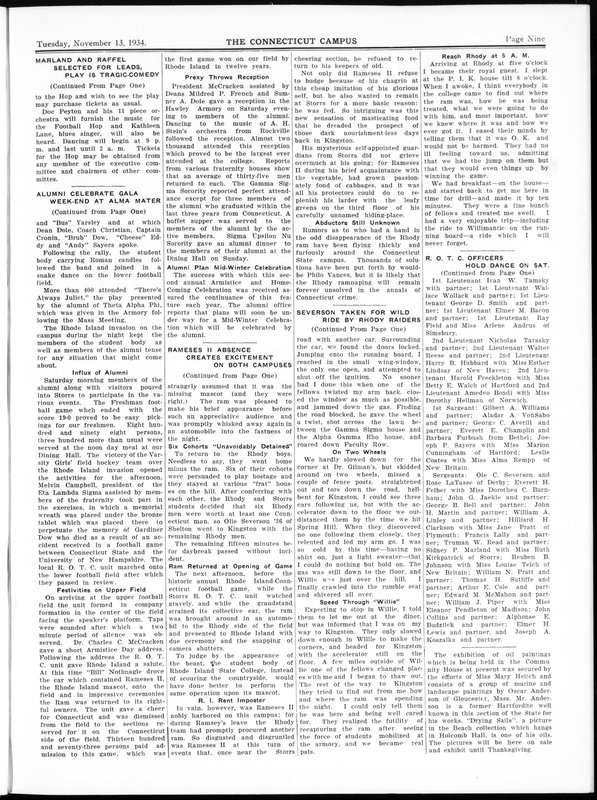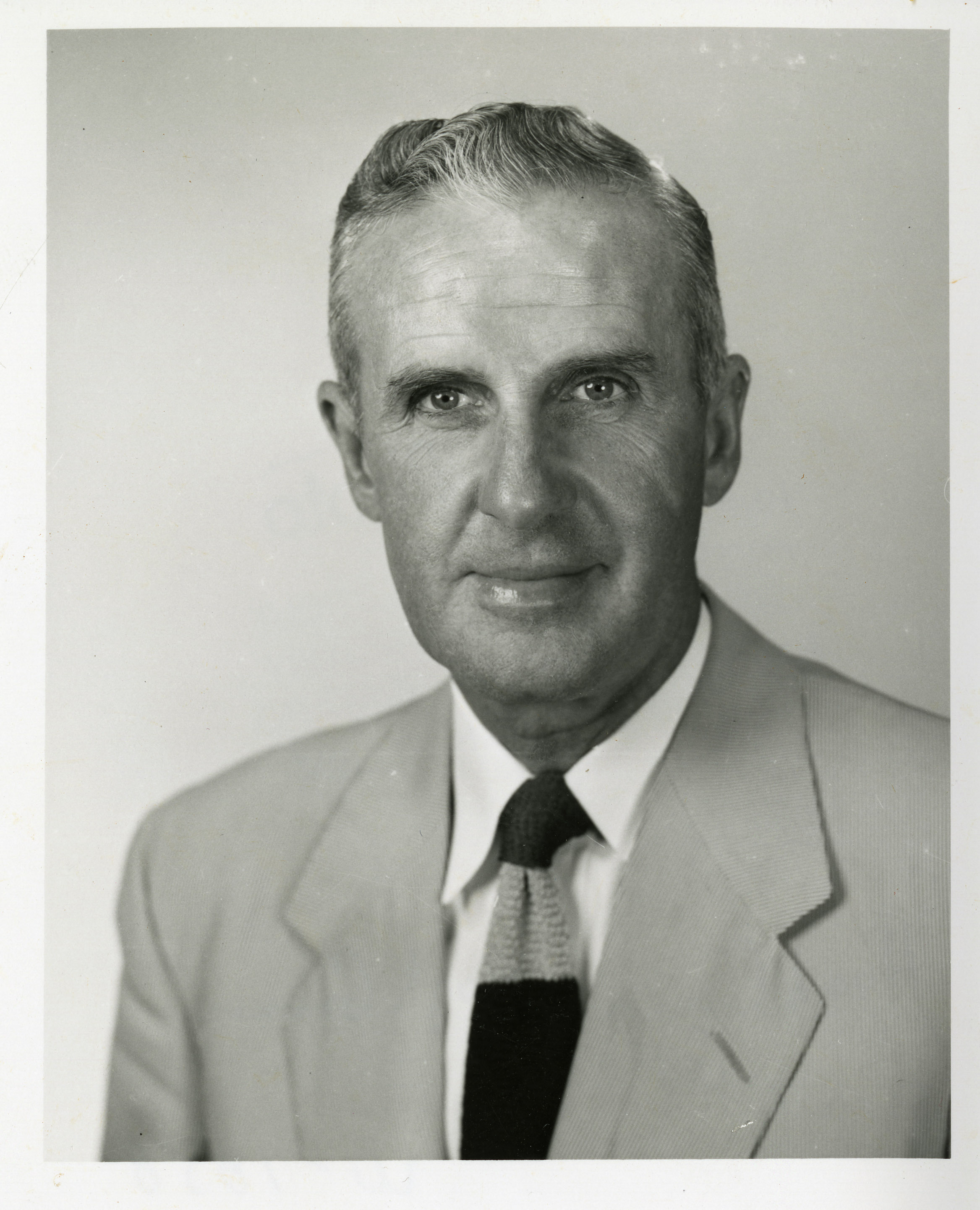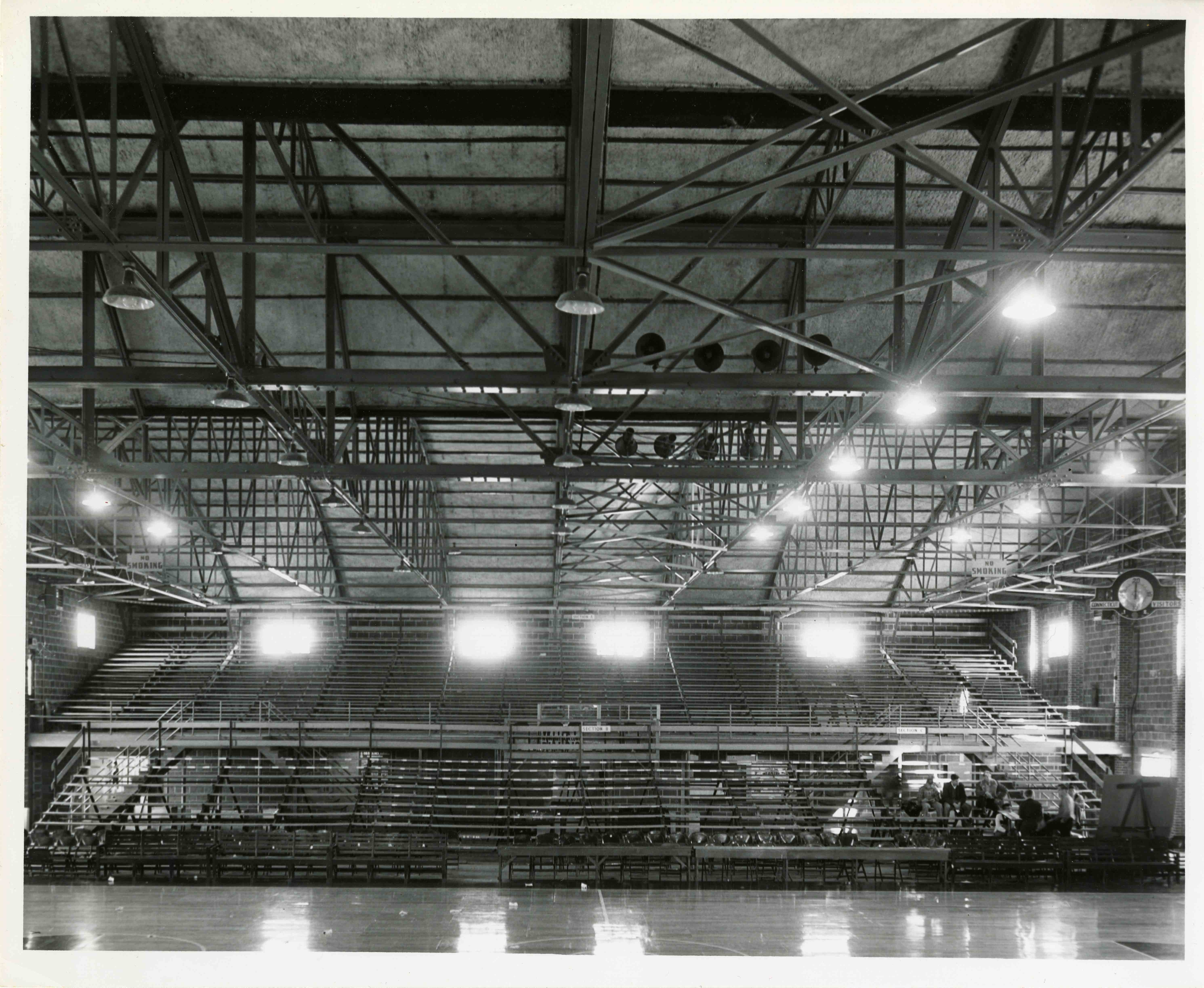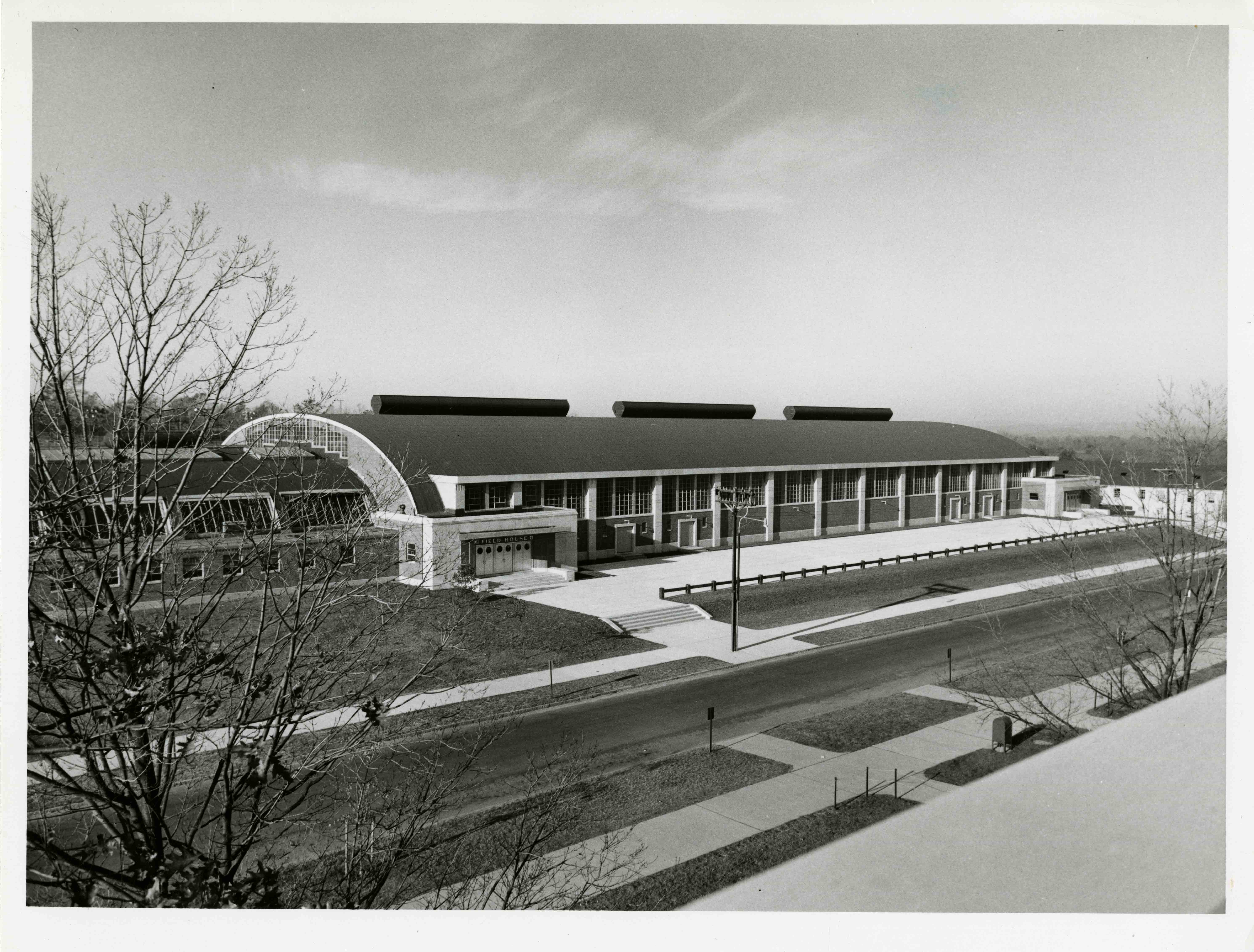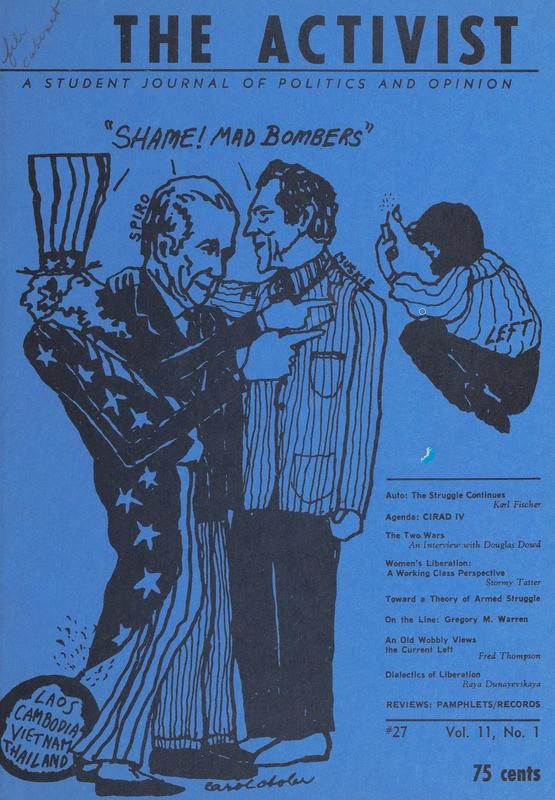In the University of Connecticut’s early years, the only thing that passed for organized sports was the mandatory practice of picking up rocks from the fields around campus for three hours each day. Much resented by the students, this “instructional labor” was soon abandoned as football, baseball, and other teams began to form around the turn of the twentieth century. Unfortunately, many of these early teams performed about as well as the aforementioned rocks (though the Board of Trustees proudly reported that the 1900-1901 women’s basketball team was undefeated).
Nevertheless, athletic teams continued to grow and flourish at the university, expanding from those early staples to a wide range of sports whose teams have both achieved great victories and suffered stunning defeats. The growing importance of athletics in university life sometimes produced controversy and concern, but also healthy rivalries and an endless amount of school spirit. All throughout, the story of UConn athletics has been filled with colorful personalities, extraordinary events, and incredible performances.
Archives & Special Collections holds a wealth of materials for those interested in the rich history of UConn athletics. Among the relevant collections are:
- Athletic Communications Office Records. The collection comprises materials concerning the full range of UConn athletics, including baseball, basketball, rugby, archery, rifle marksmanship, and many other sports. Records for individual sports contain publications, media guides, statistics, correspondence, press releases, newspaper clippings, and other materials, many over long periods of time. The collection also holds a significant archive of press releases and other general materials. Overall, the collection represents some of the most extensive coverage of UConn athletics. The finding aid can be found at https://archivessearch.lib.uconn.edu/repositories/2/resources/796
- President’s Office Records. The collection comprises broad materials relating to each presidential administration at UConn. Among these materials are files relating to athletics in general, as well as specific athletic directors. Much of this material consists of correspondence with outside groups or details internal deliberations on athletic issues. Topics include everything from athletic cheating scandals to television contracts to outside sponsorships. The finding aids to the Presidential records can be found beginning at https://archivessearch.lib.uconn.edu/search?utf8=%E2%9C%93&op%5B%5D=&q%5B%5D=presidents+office&limit=&field%5B%5D=&from_year%5B%5D=&to_year%5B%5D=&commit=Search
- Athletic Publications. The collection comprises digitized versions of athletic press guides and programs. The focus is on football and basketball, and the most extensive collection is the University of Connecticut Football Press Guide, which has issues covering the period 1950–1979. Many of these publications can be found in our digital repository at http://hdl.handle.net/11134/20004:AthleticsPublications
- University of Connecticut Memorabilia Collection. The collection comprises ephemera and artifacts associated with UConn that add a material depth and diversity to the textual collections on university life. While covering a wide range of subjects, the collection features significant athletics-related material from throughout UConn’s history. Examples included basketballs and footballs, tickets, clippings, programs, and other materials. The finding aid can be found at https://archivessearch.lib.uconn.edu/repositories/2/resources/528
- University Scrapbook Collection. The collection comprises scrapbooks that document programs, activities, events, and individuals associated with UConn. Similar to the memorabilia collection, the scrapbooks add another useful supplement to the official textual materials from university offices. While they cover a range of subjects and time periods, some are dedicated to university athletics. The finding aid can be found at https://archivessearch.lib.uconn.edu/repositories/2/resources/648
- University of Connecticut Trophies Collection. The collection comprises trophies, awards, photographs and other materials related to the placement of individuals and institutions at UConn in various competitions. Most of the competitions are athletic, though some awards were received by poultry-related departments, reflecting the university’s early focus on agricultural science. Recent trophies have been transferred directly from sports teams, while older awards arrived after department offices were moved. The finding aid can be found at https://archivessearch.lib.uconn.edu/repositories/2/resources/92
- Student Newspapers. The collection comprises digitized issues of student newspapers from multiple UConn campuses. The most significant collection comes from the Storrs campus, including extensive runs of early to contemporary student newspapers like the Lookout and the Daily Campus. These newspapers provide access to daily updates on UConn athletics, covering everything from game listings and scores to general coverage and in-depth analysis. Many of the student newspapers can be found in our digital repository at http://hdl.handle.net/11134/islandora:campusnewspapers
- Nutmeg. The collection comprises digitized copies of UConn’s student yearbook from 1915 to the present. The yearbooks provide useful information about teams, such as rosters, images, and scores, along with information about related athletic clubs on campus. They also provide some information about unofficial athletic activities that take place on campus each year. Volumes from 1915 to 1999 can be found in our digital repository beginning at http://hdl.handle.net/11134/20002:02653871
- University of Connecticut Photograph Collection. The collection comprises digitized photographs from throughout UConn’s history. The extensive collection includes photographs of teams, individual players and coaching staff, games, practices, and a host of other subjects related to university athletics. Some of the most notable photographs were taken by Jerauld Manter, a UConn graduate who also played on the basketball team. The finding aid can be found at http://hdl.handle.net/11134/20002:MSS19880010
We invite you to view these collections in the reading room at Archives & Special Collections. Our staff is happy to assist you in accessing these and other collections in the archives.
This post was written by Shaine Scarminach, a UConn History Ph.D candidate who is a student assistant in Archives & Special Collections.



